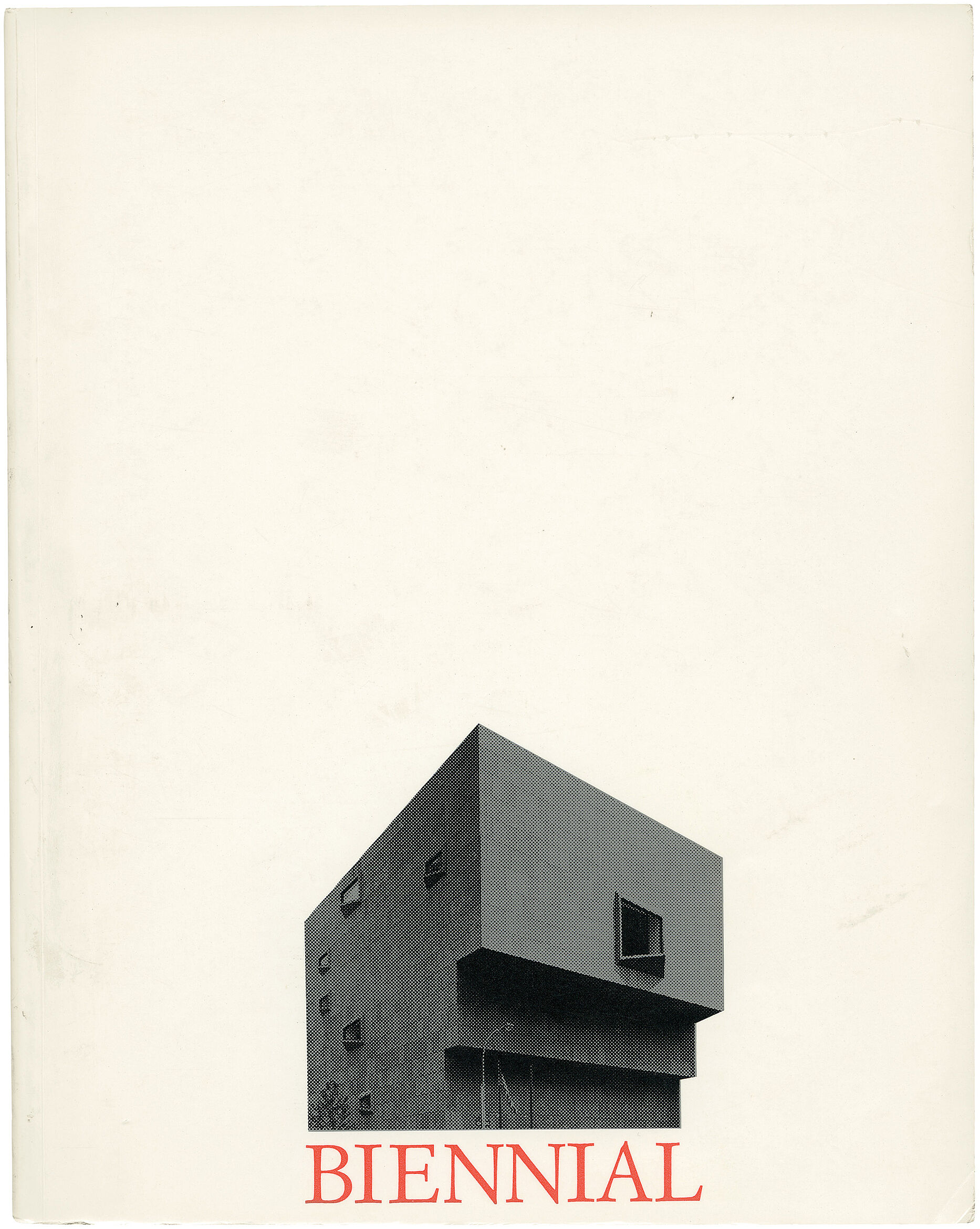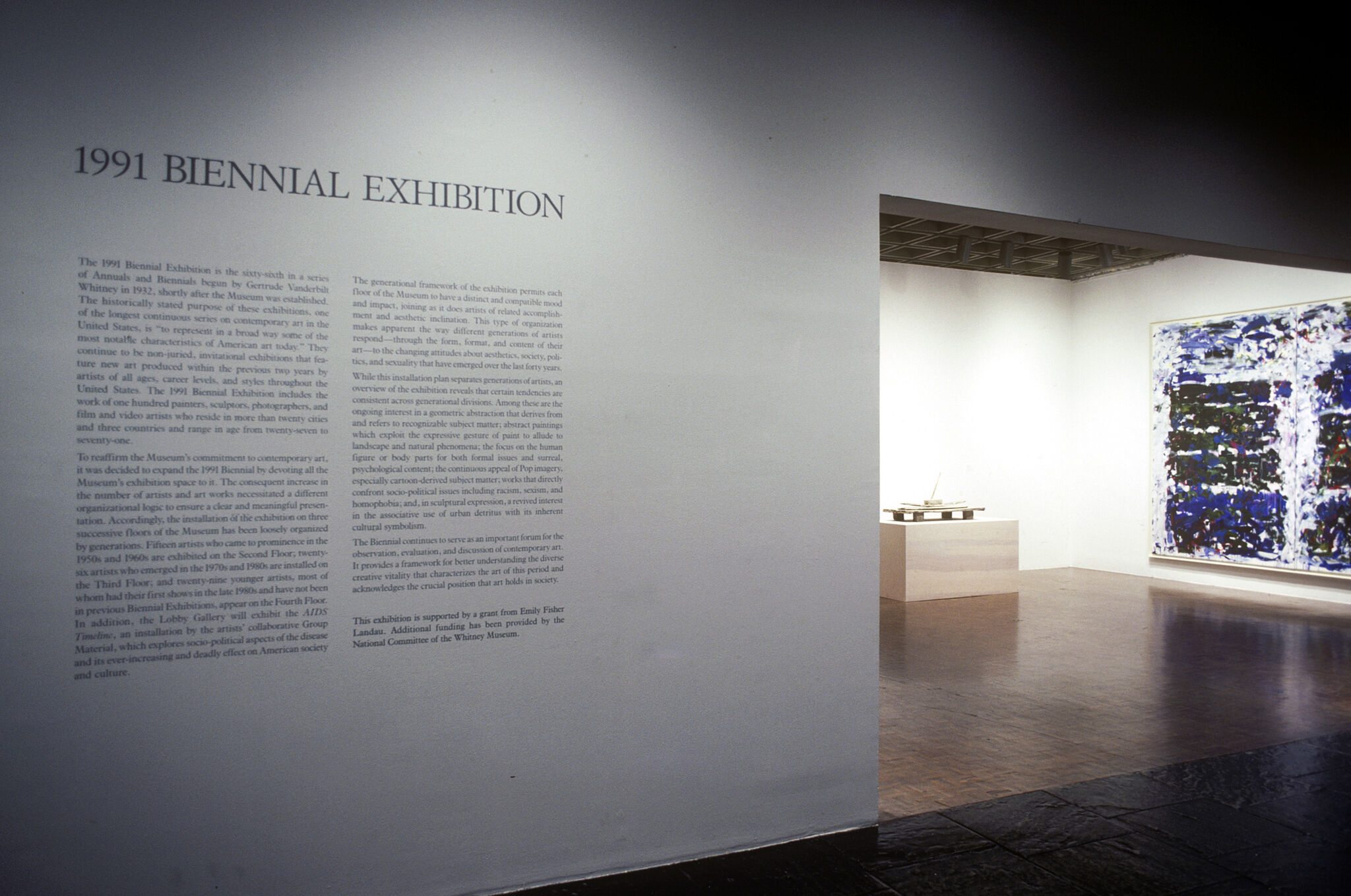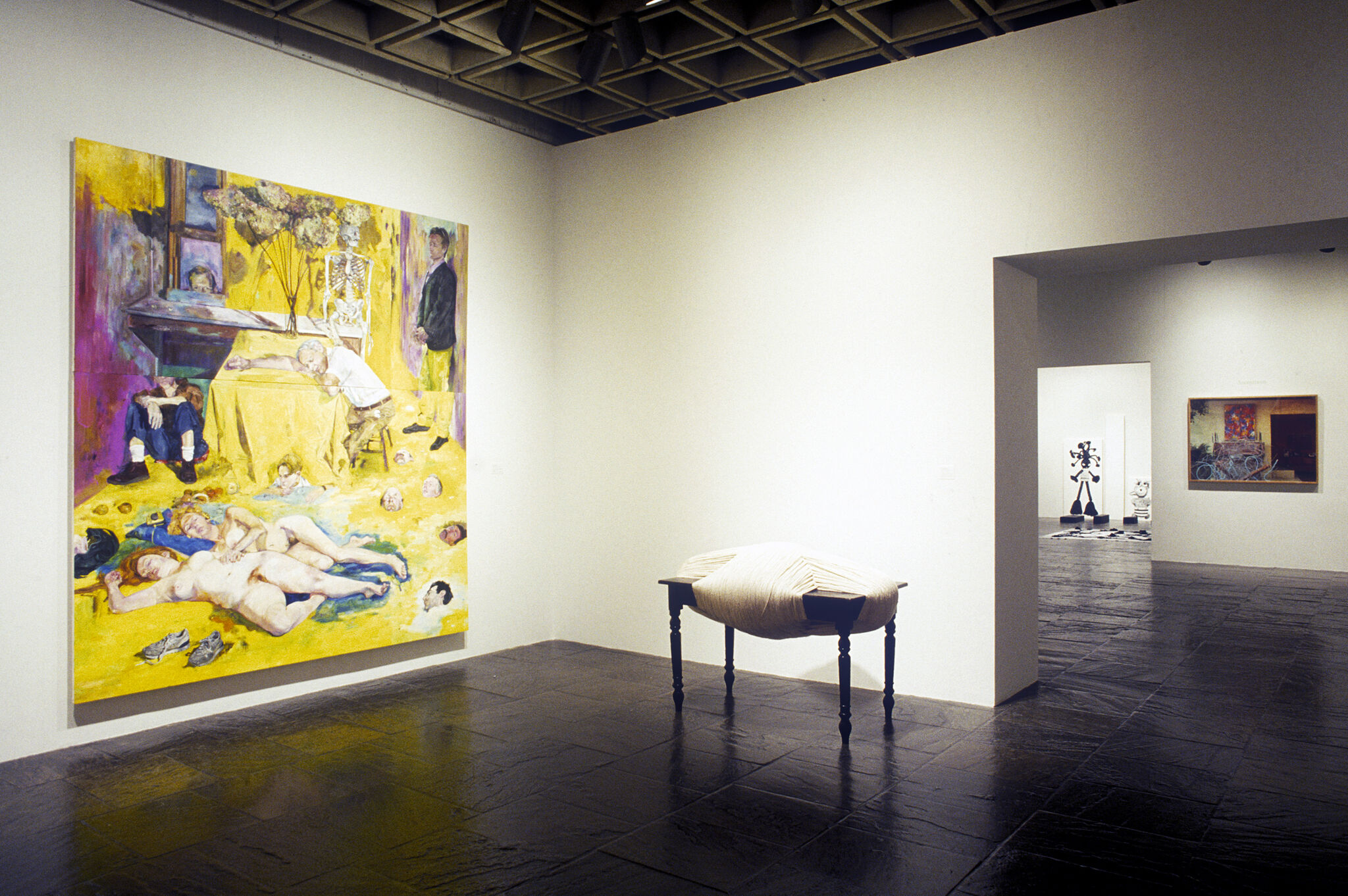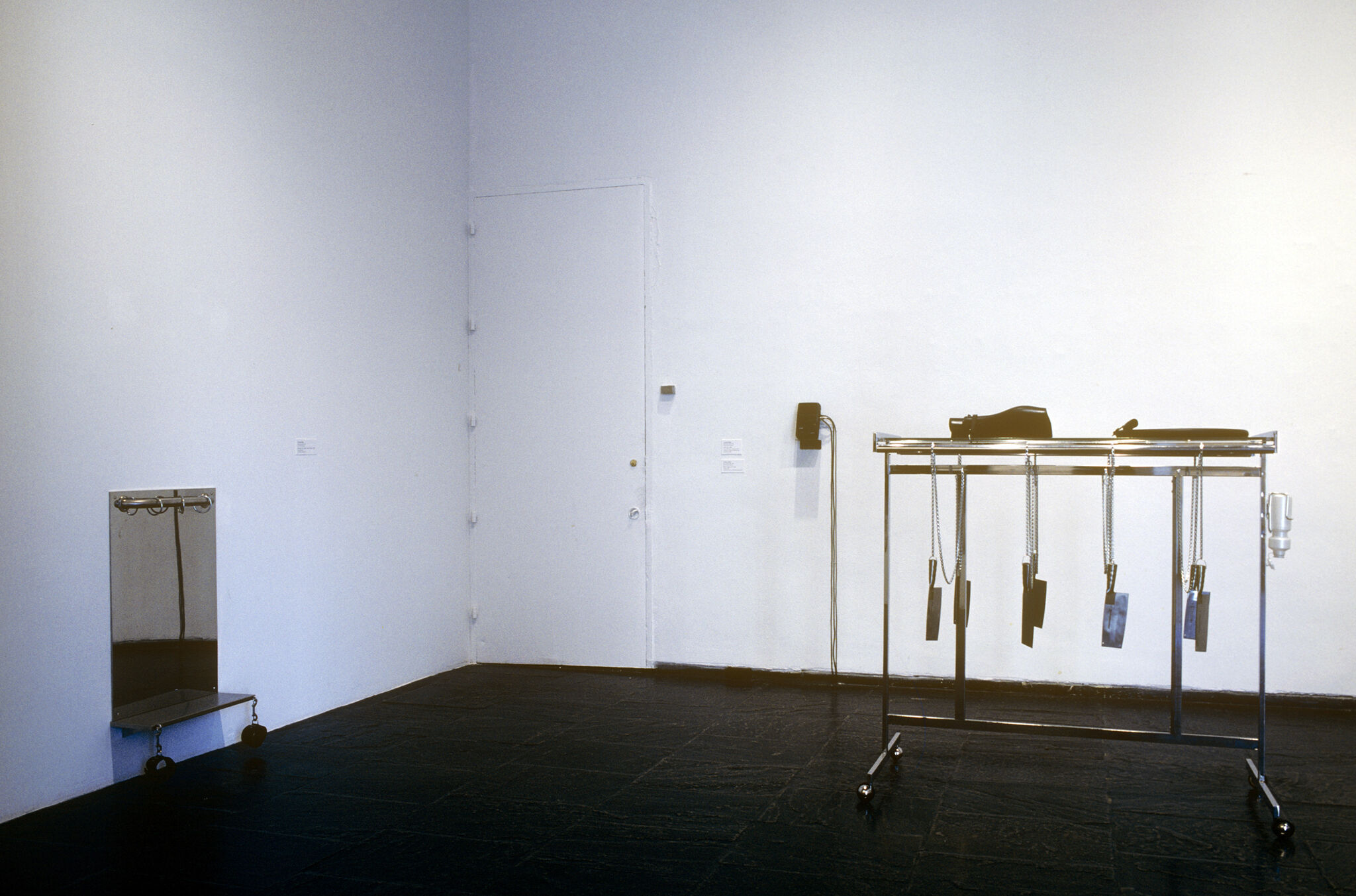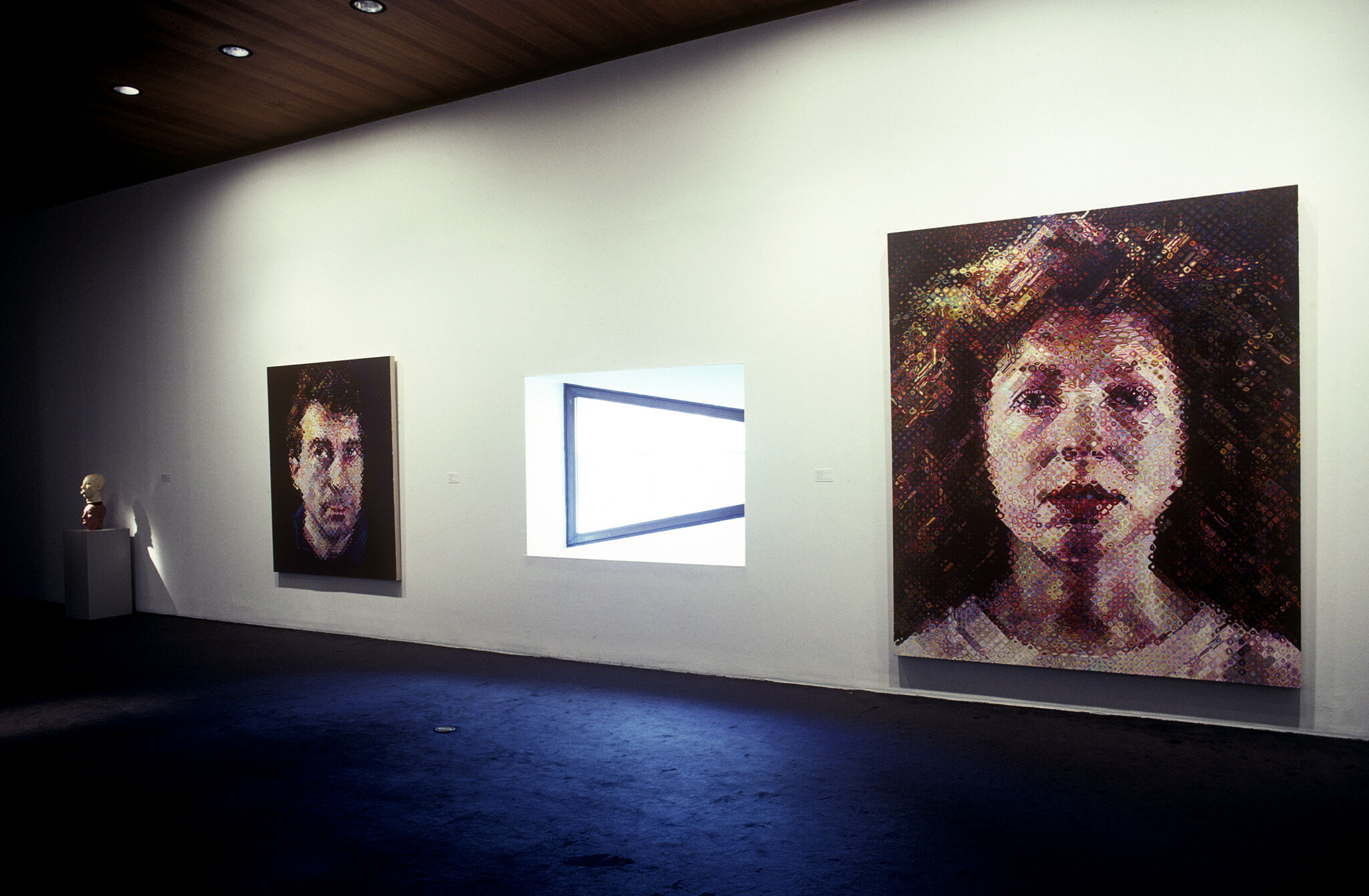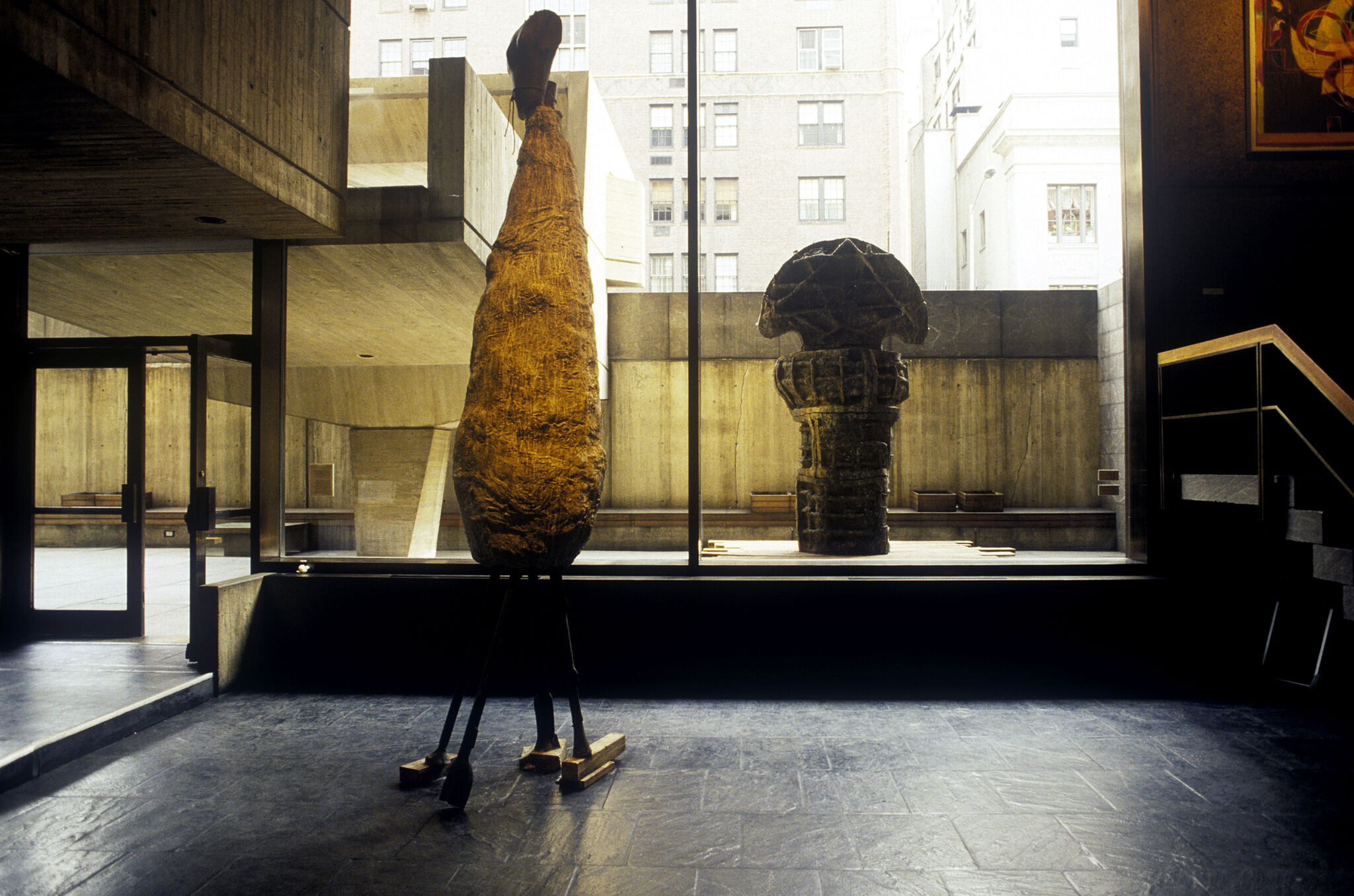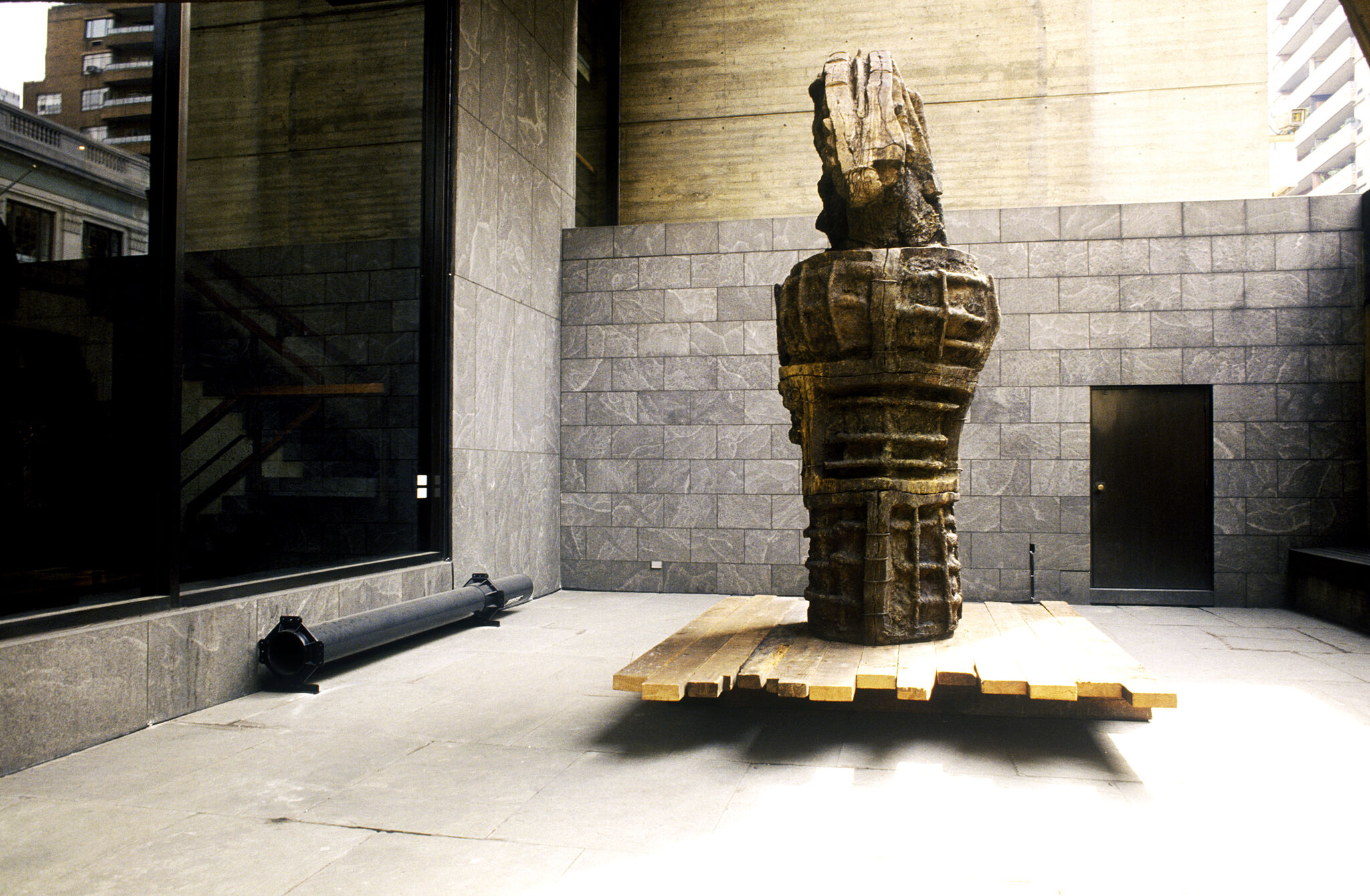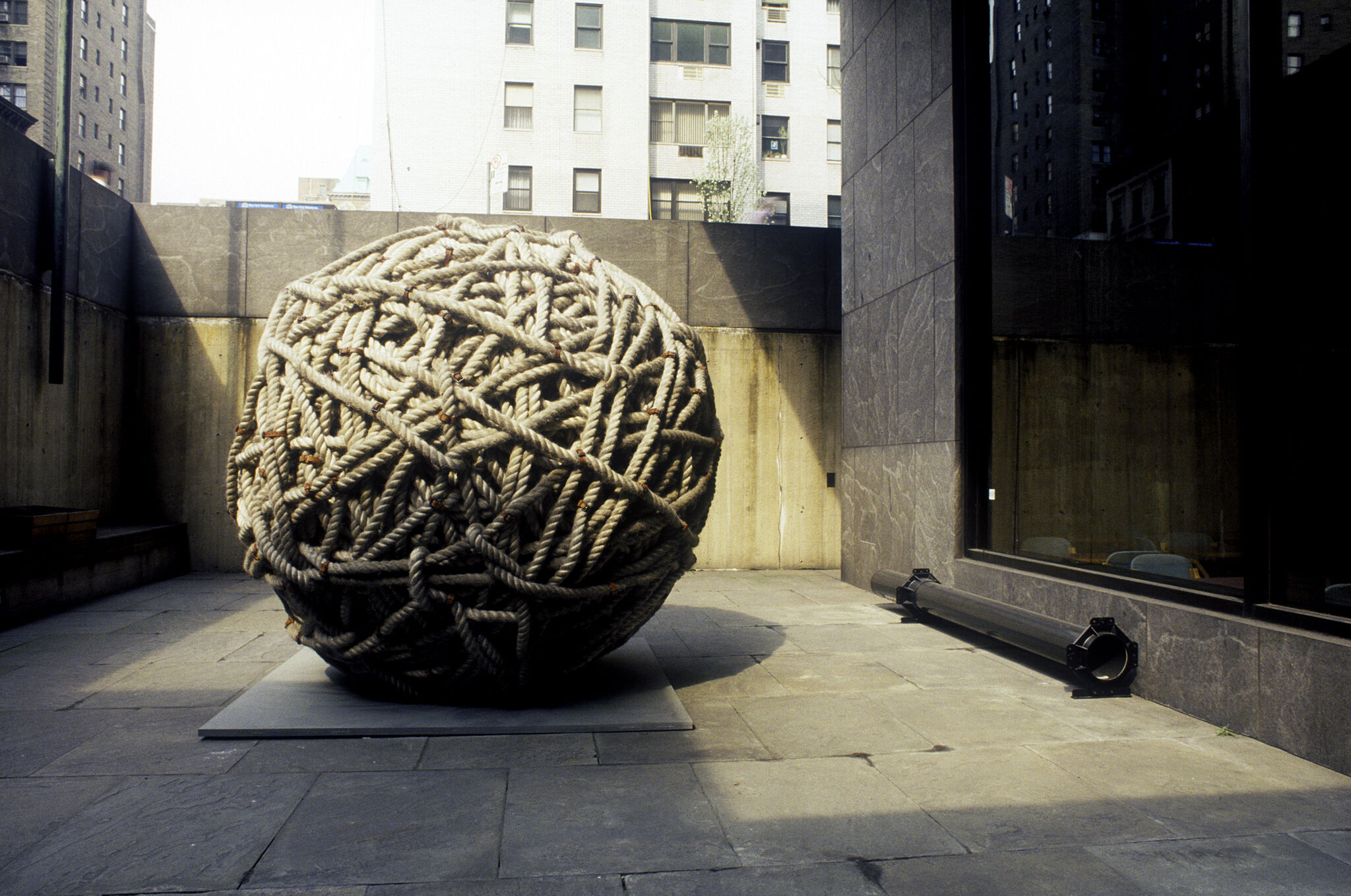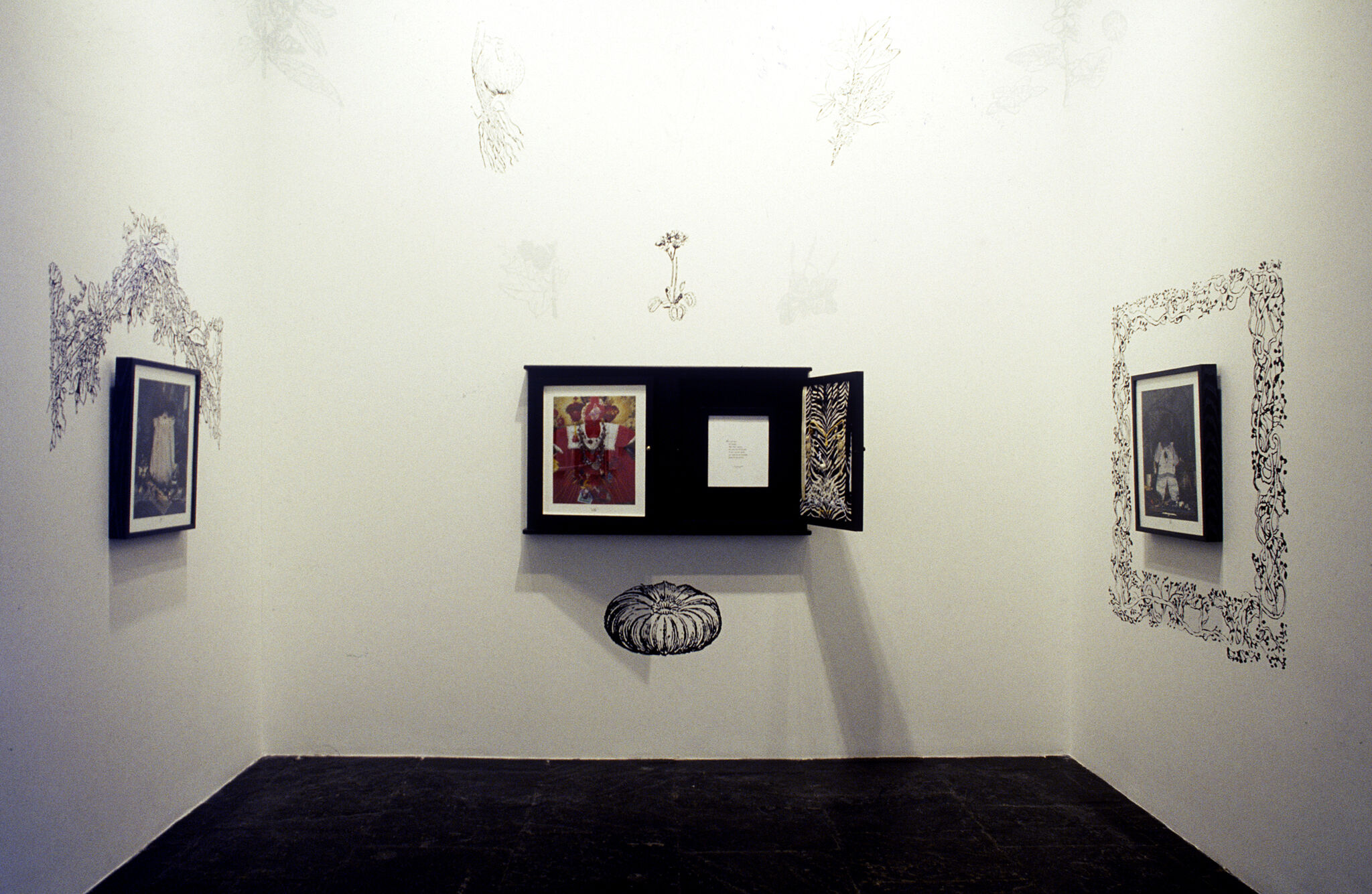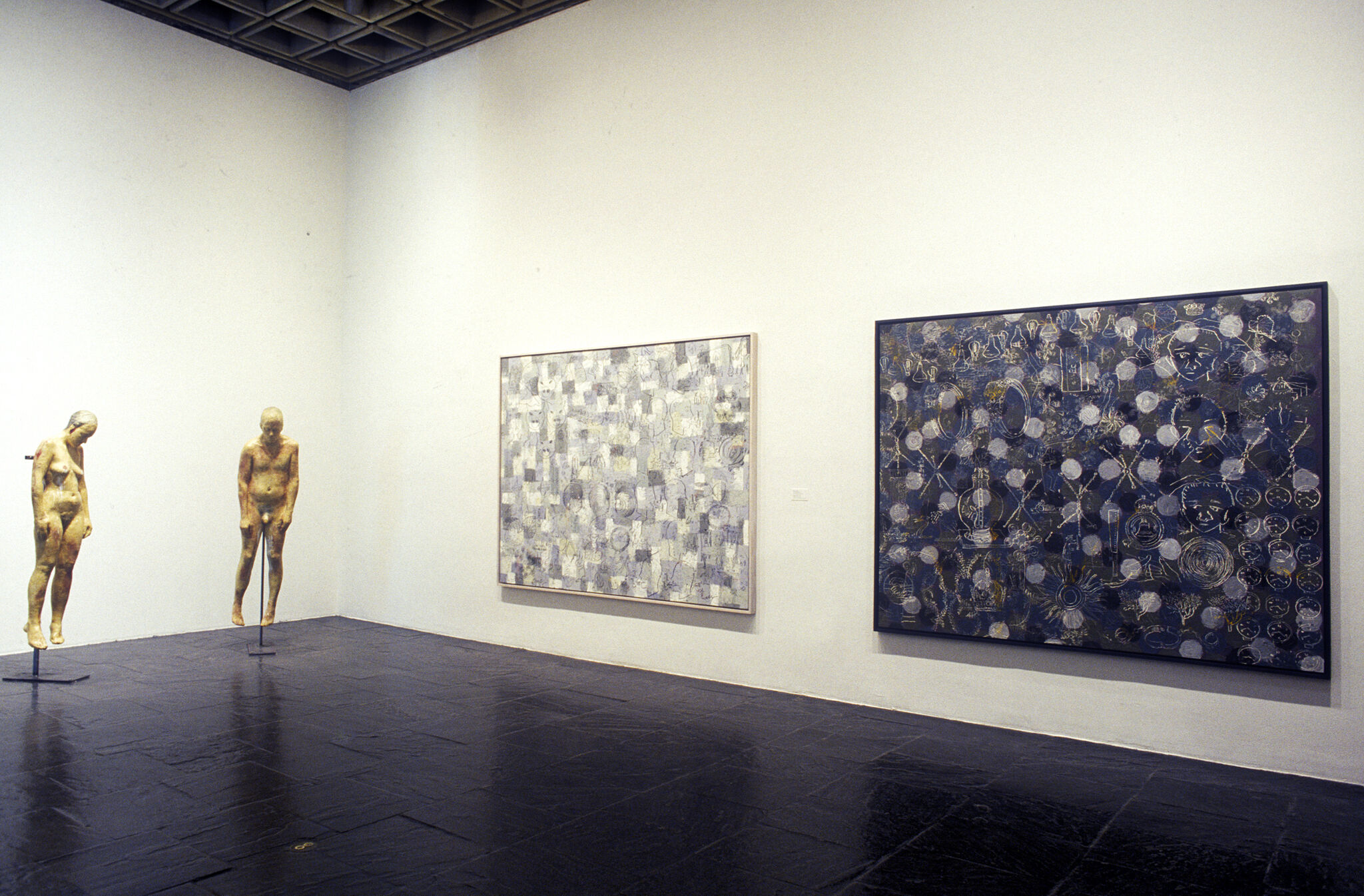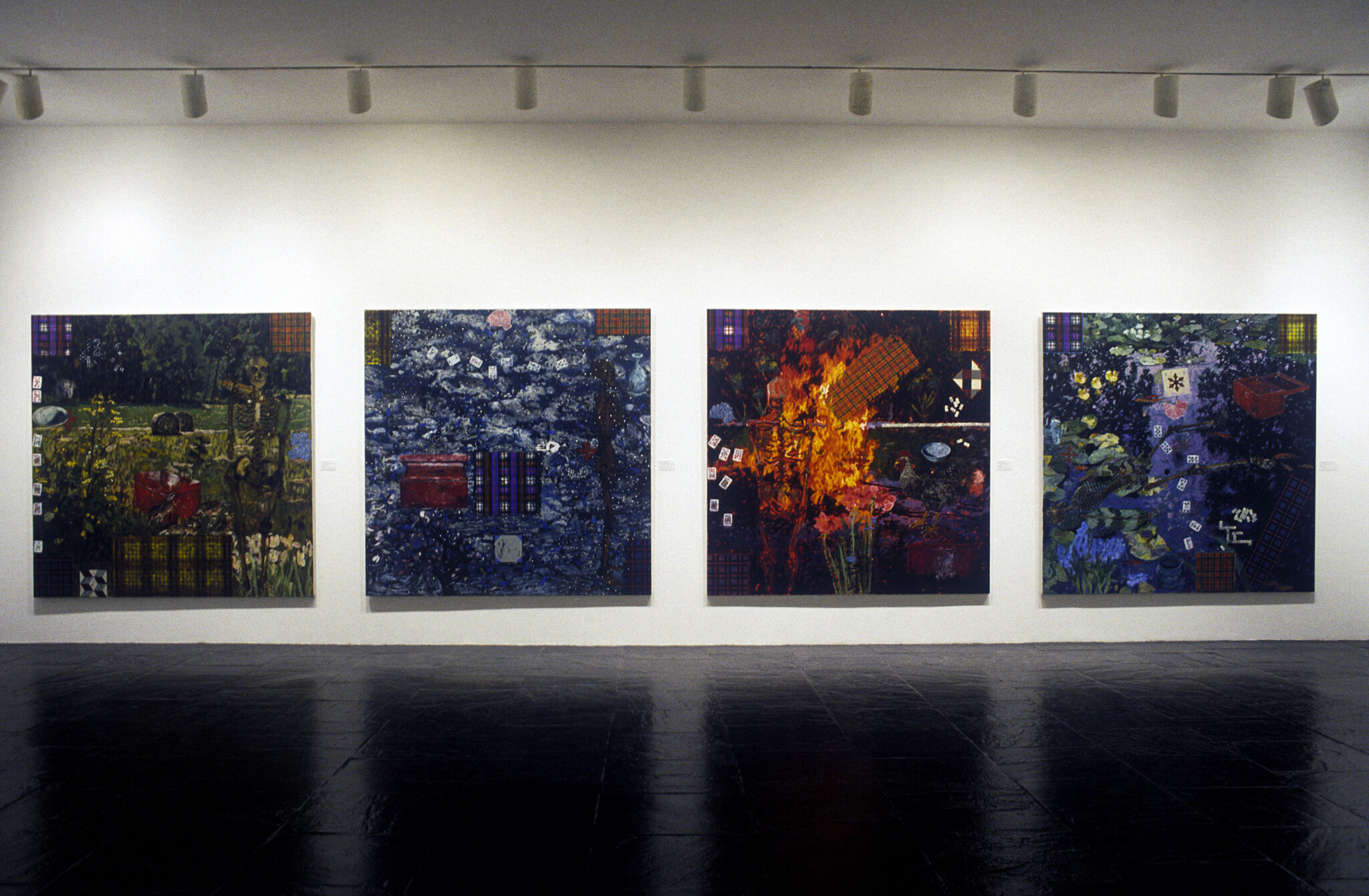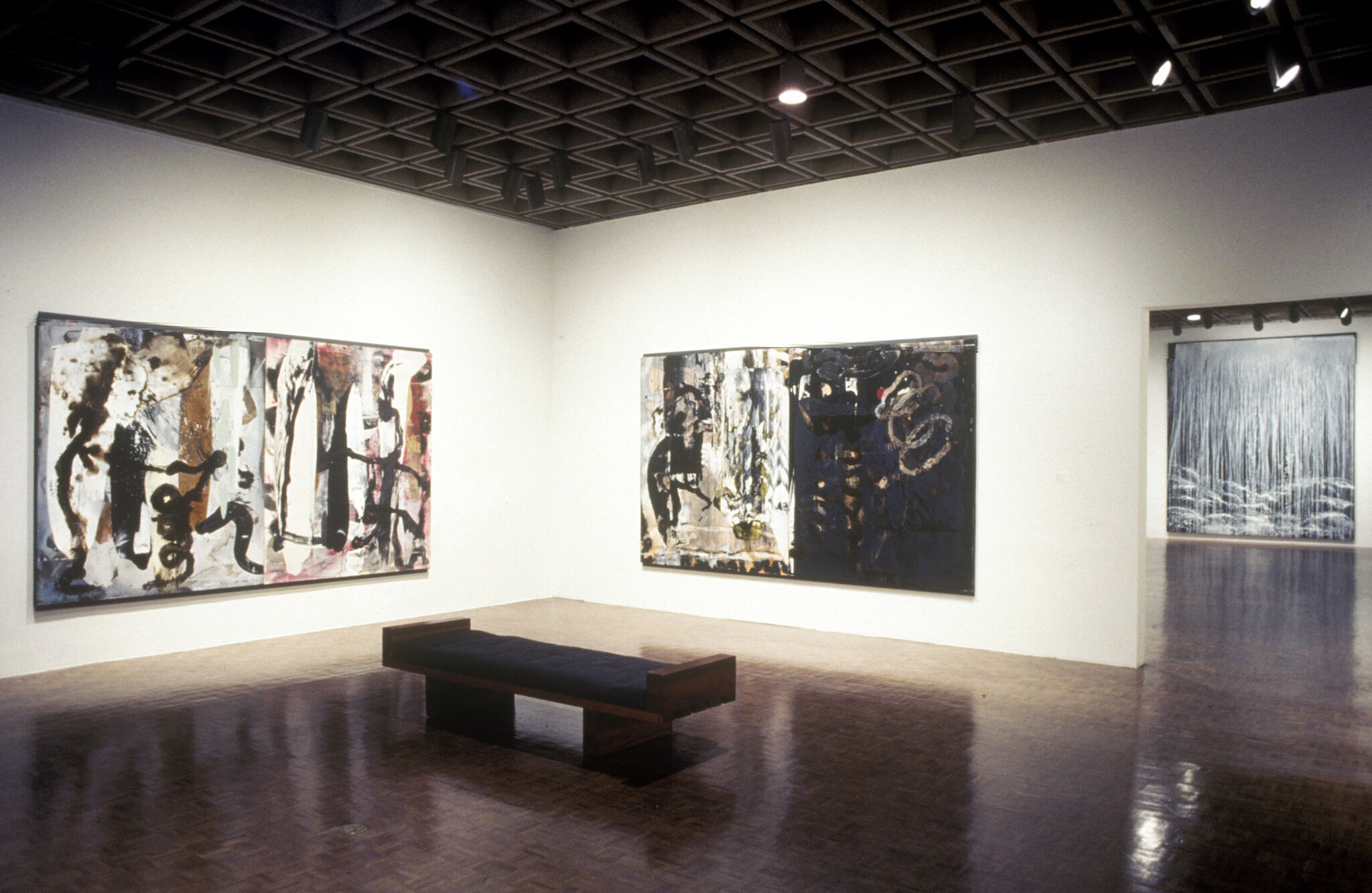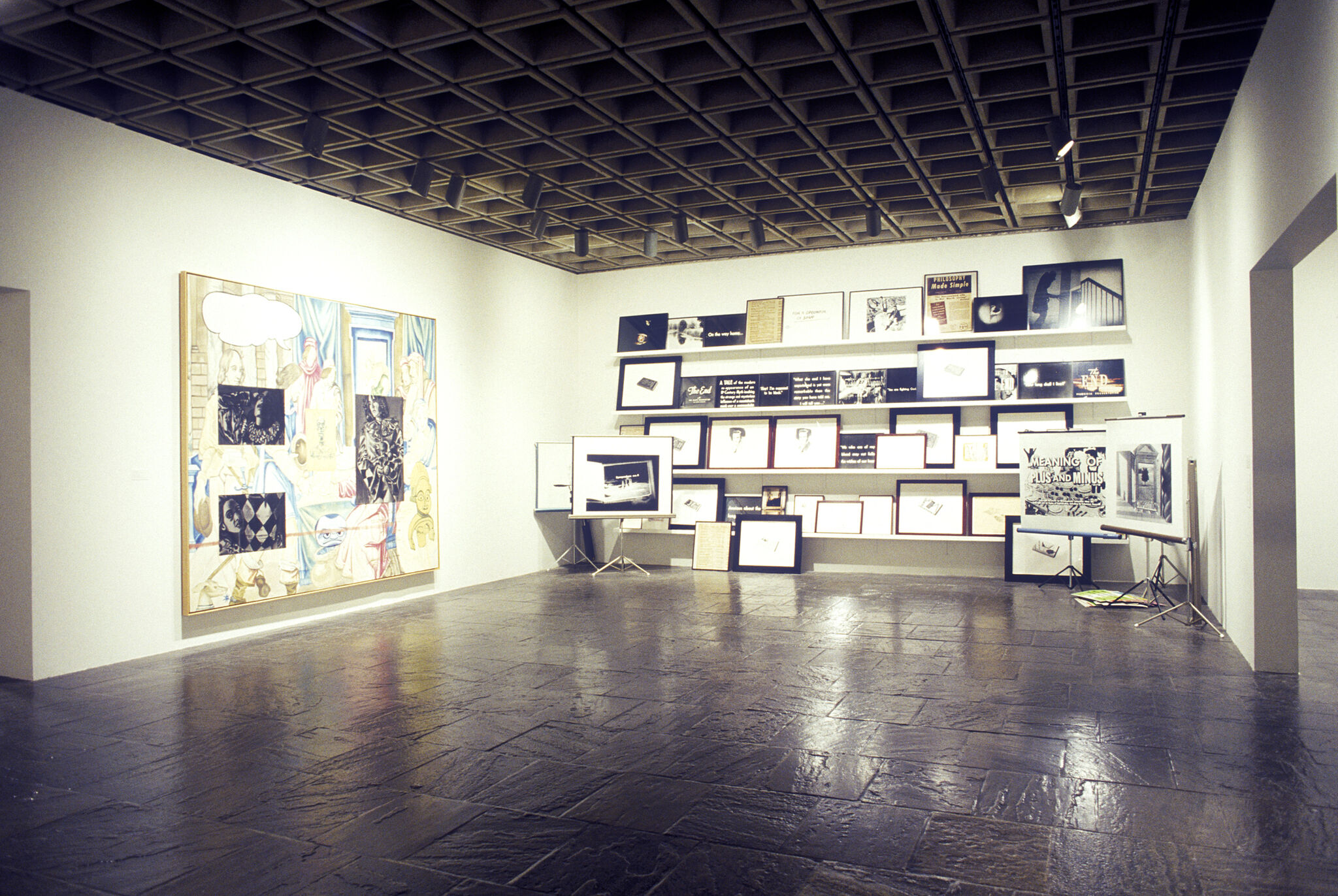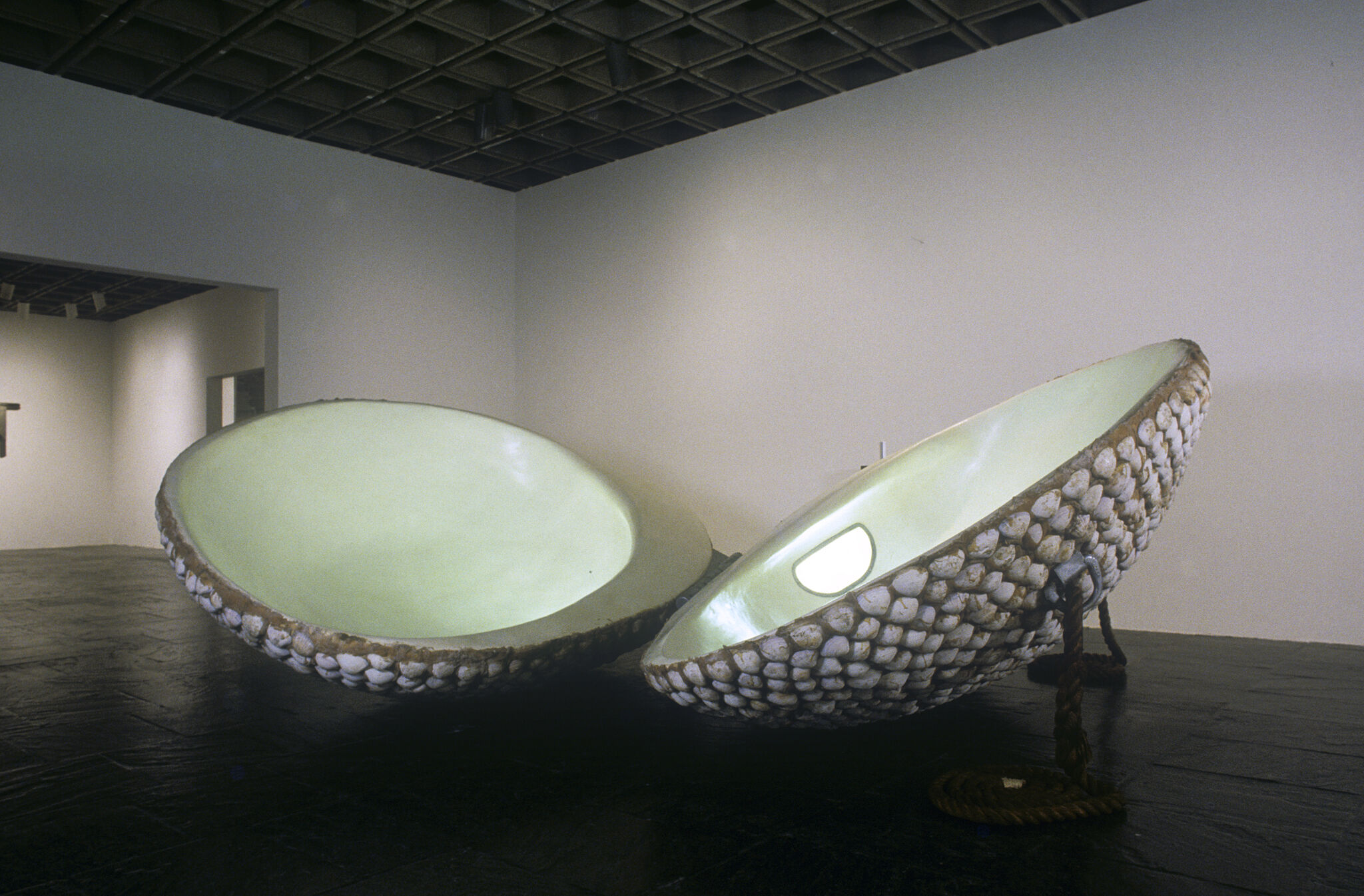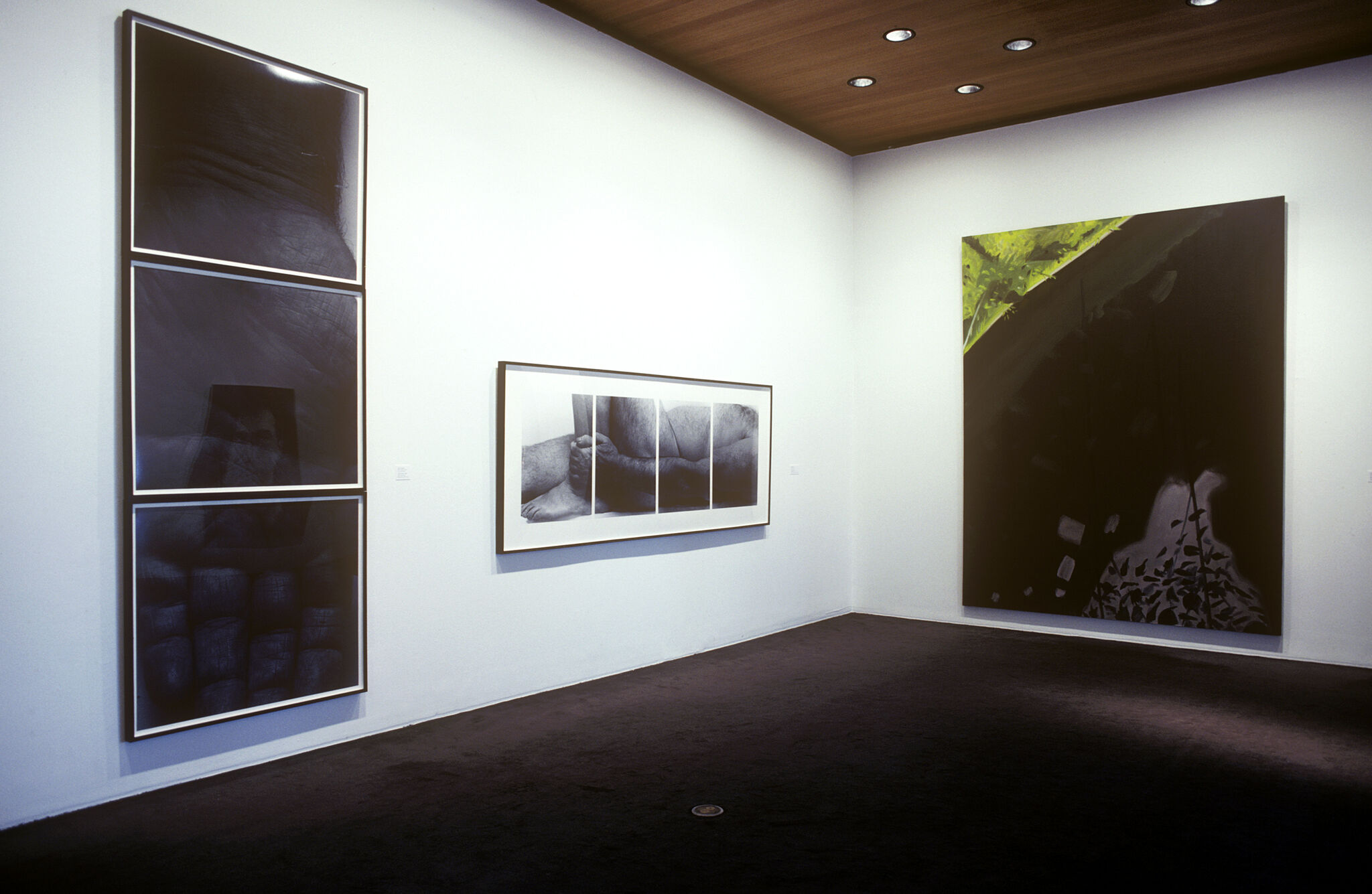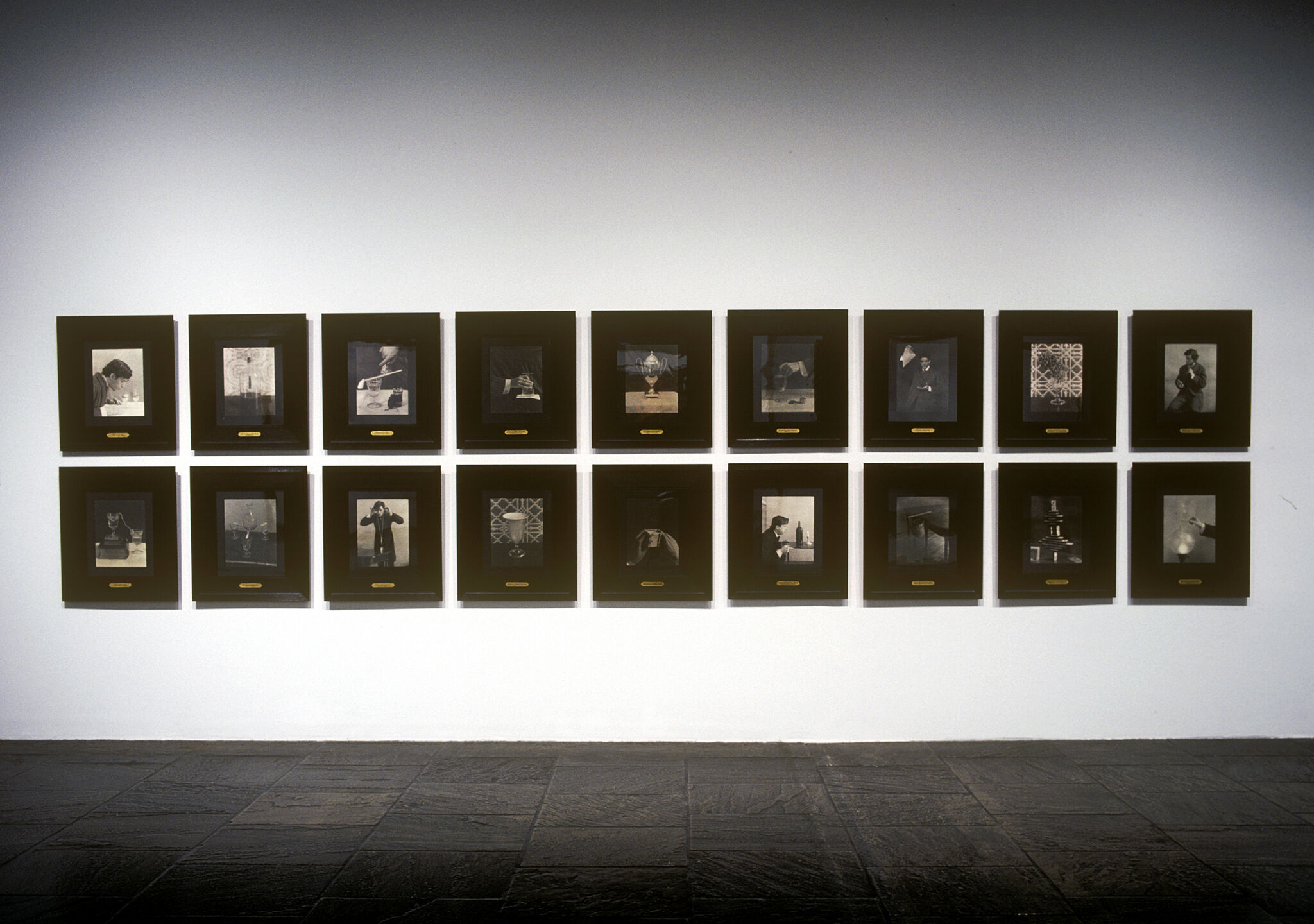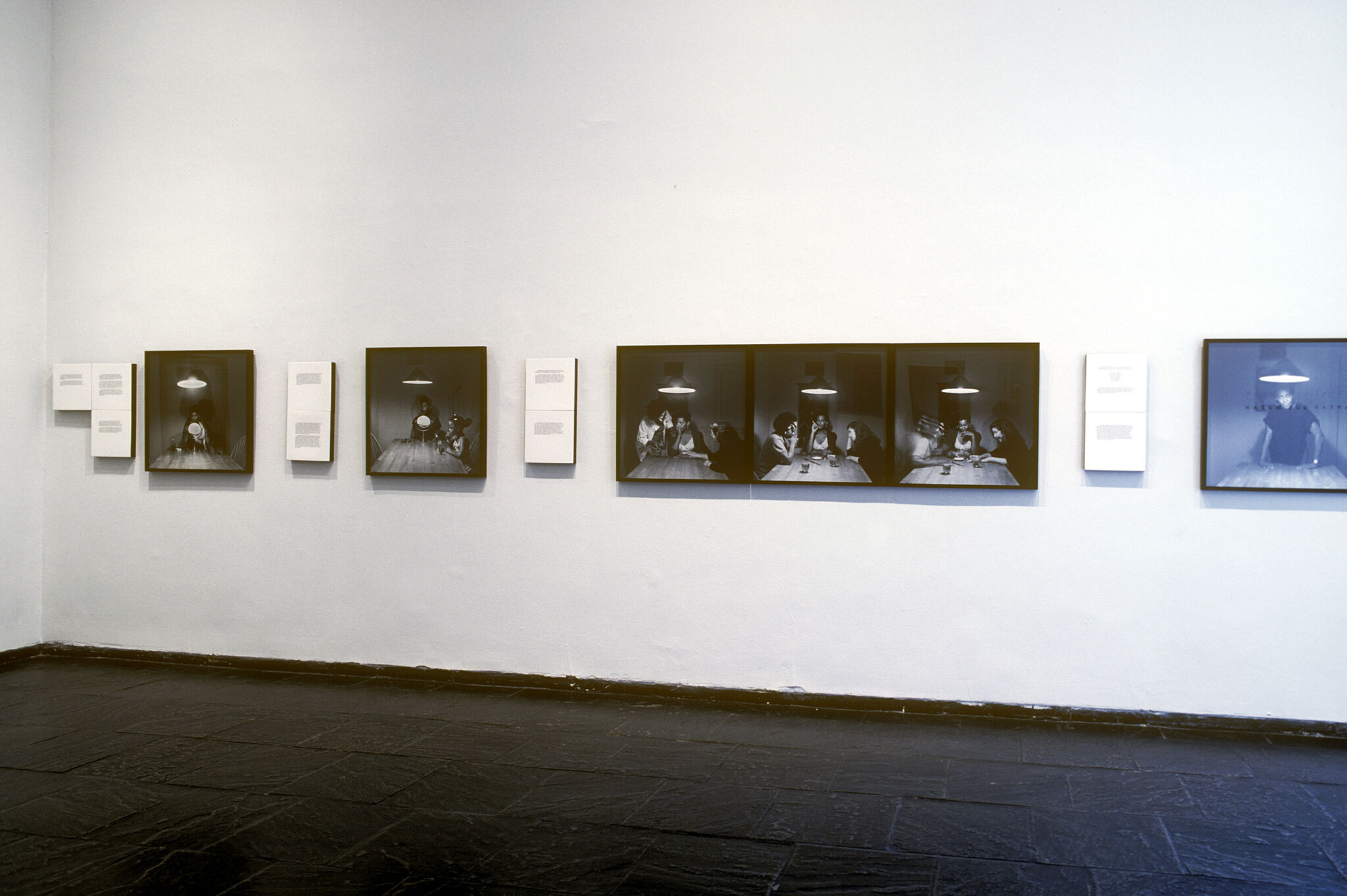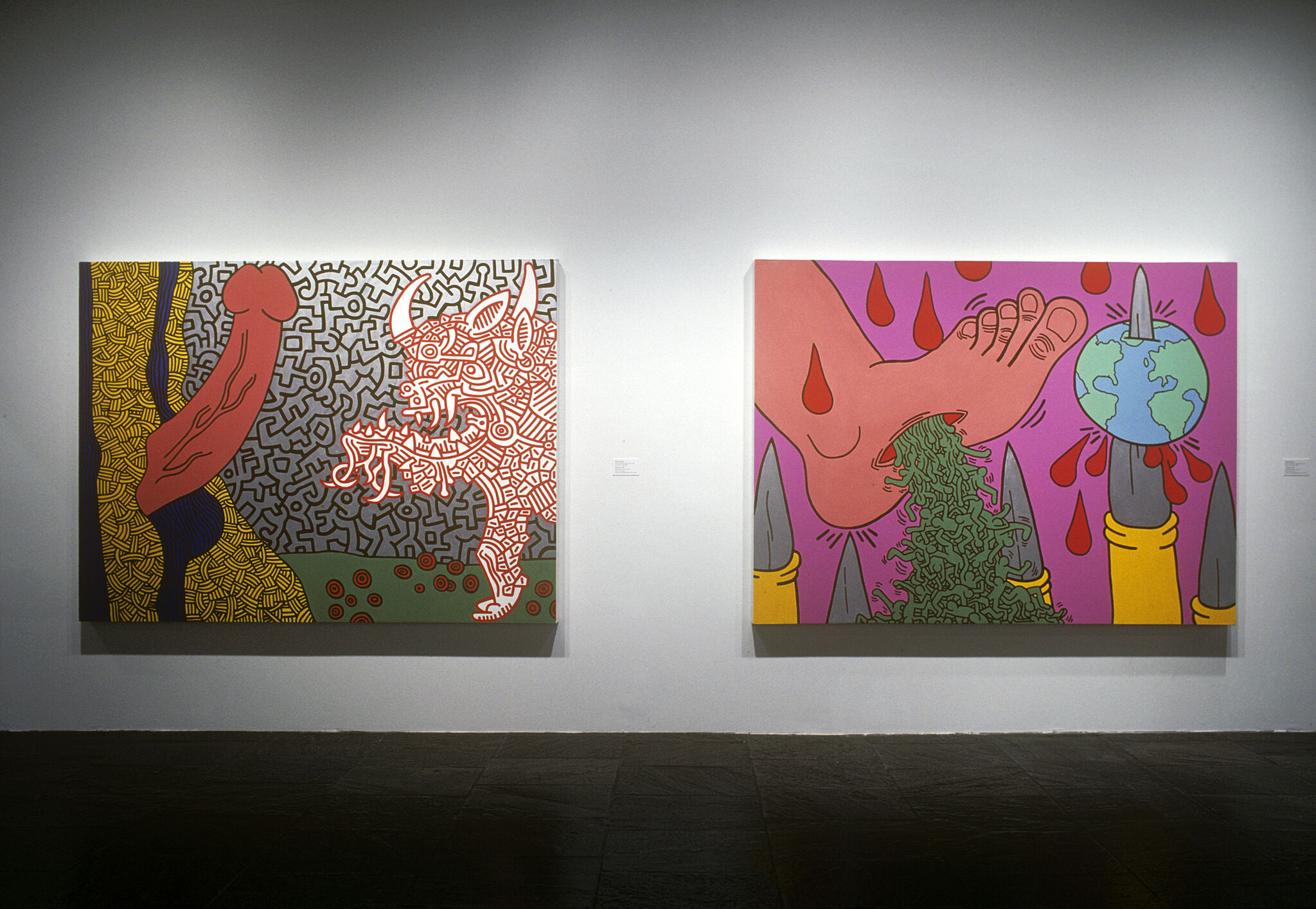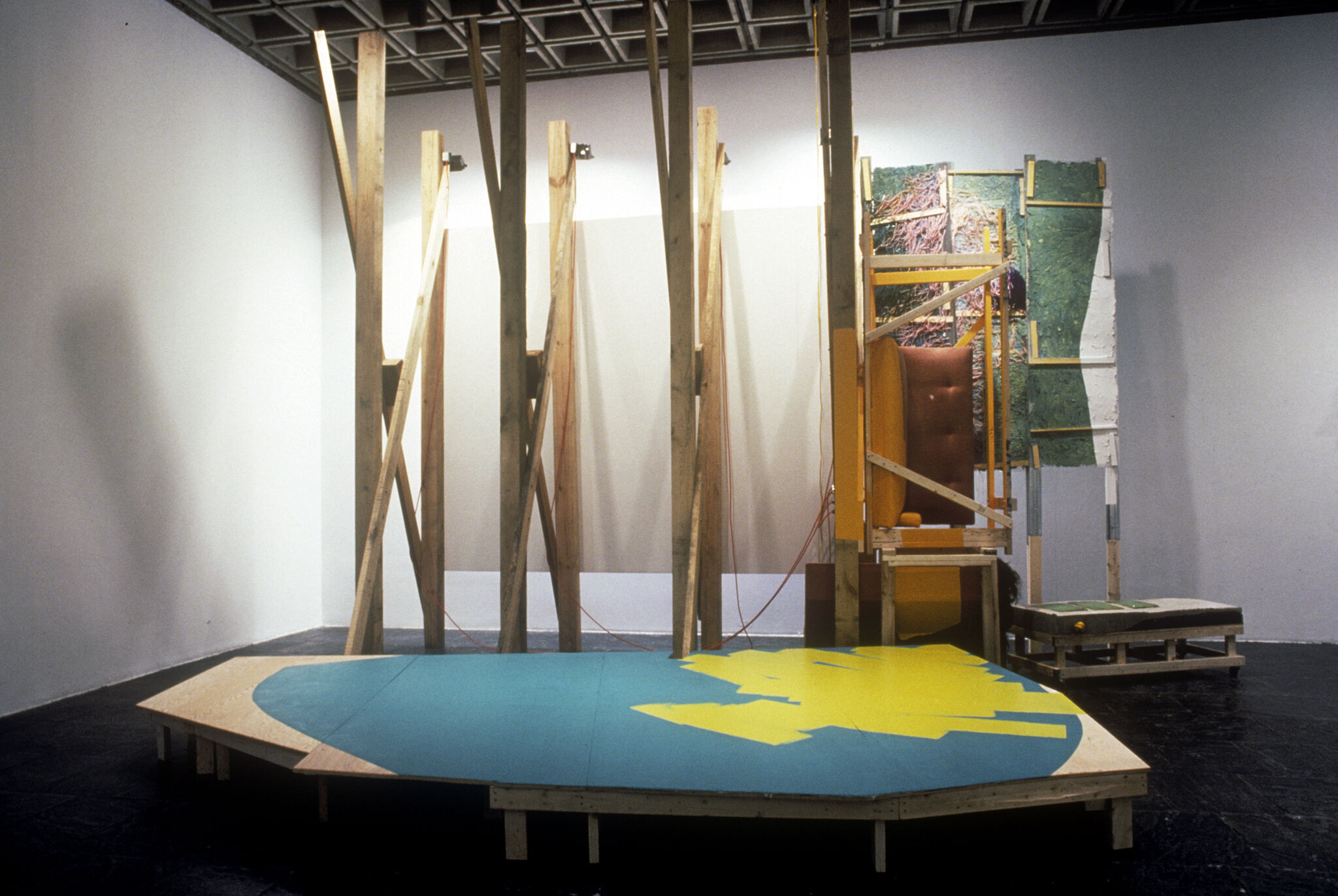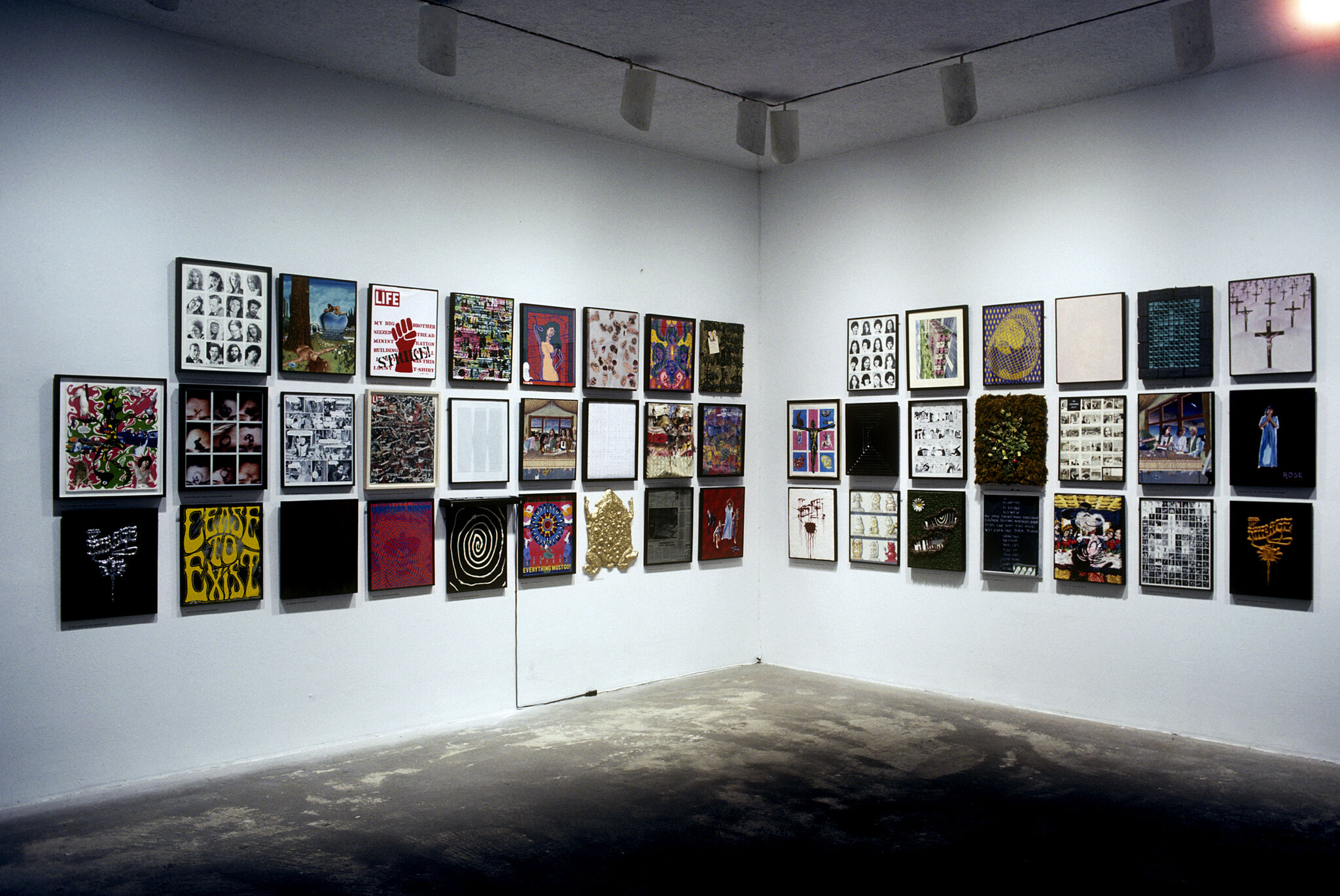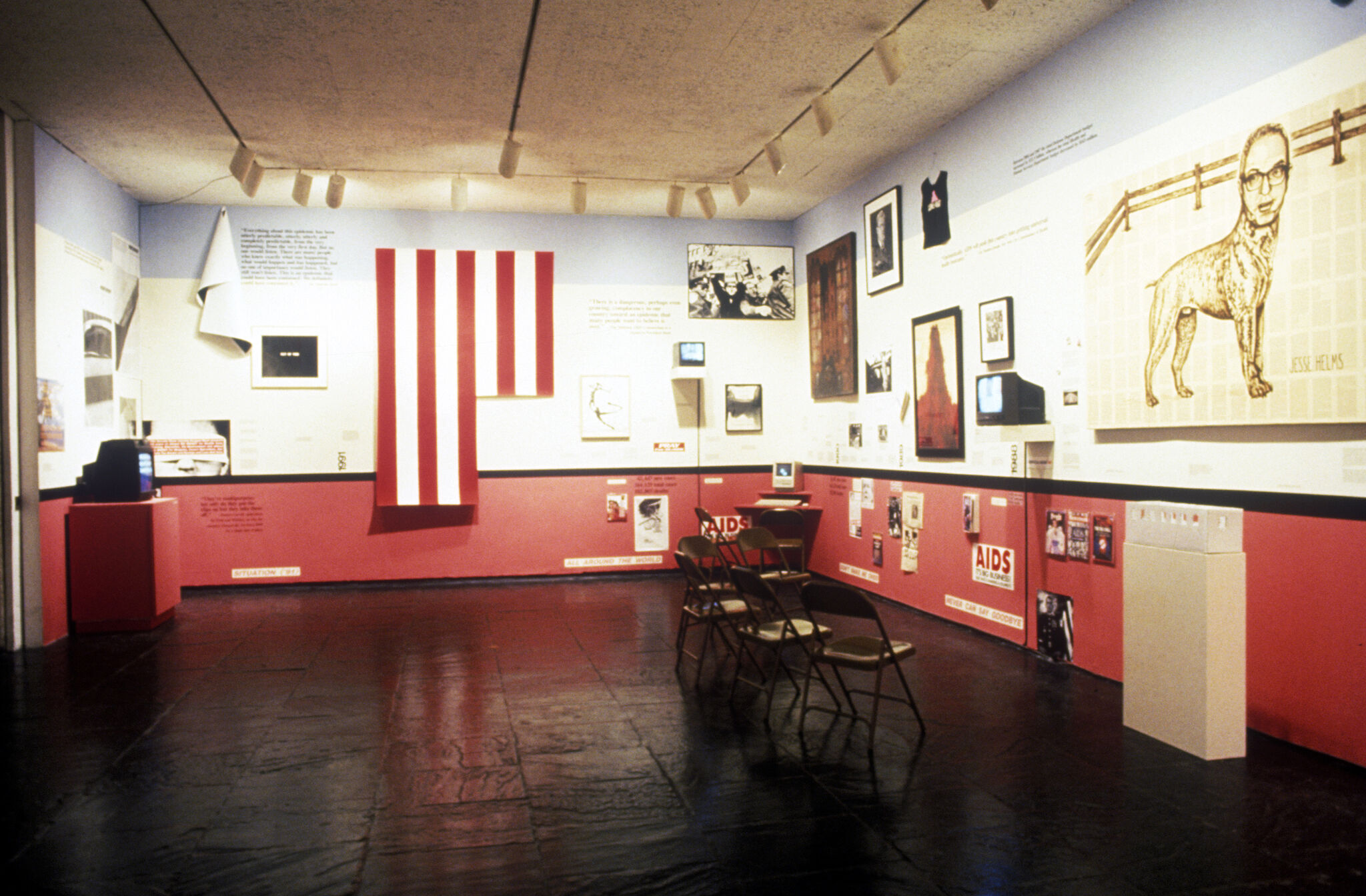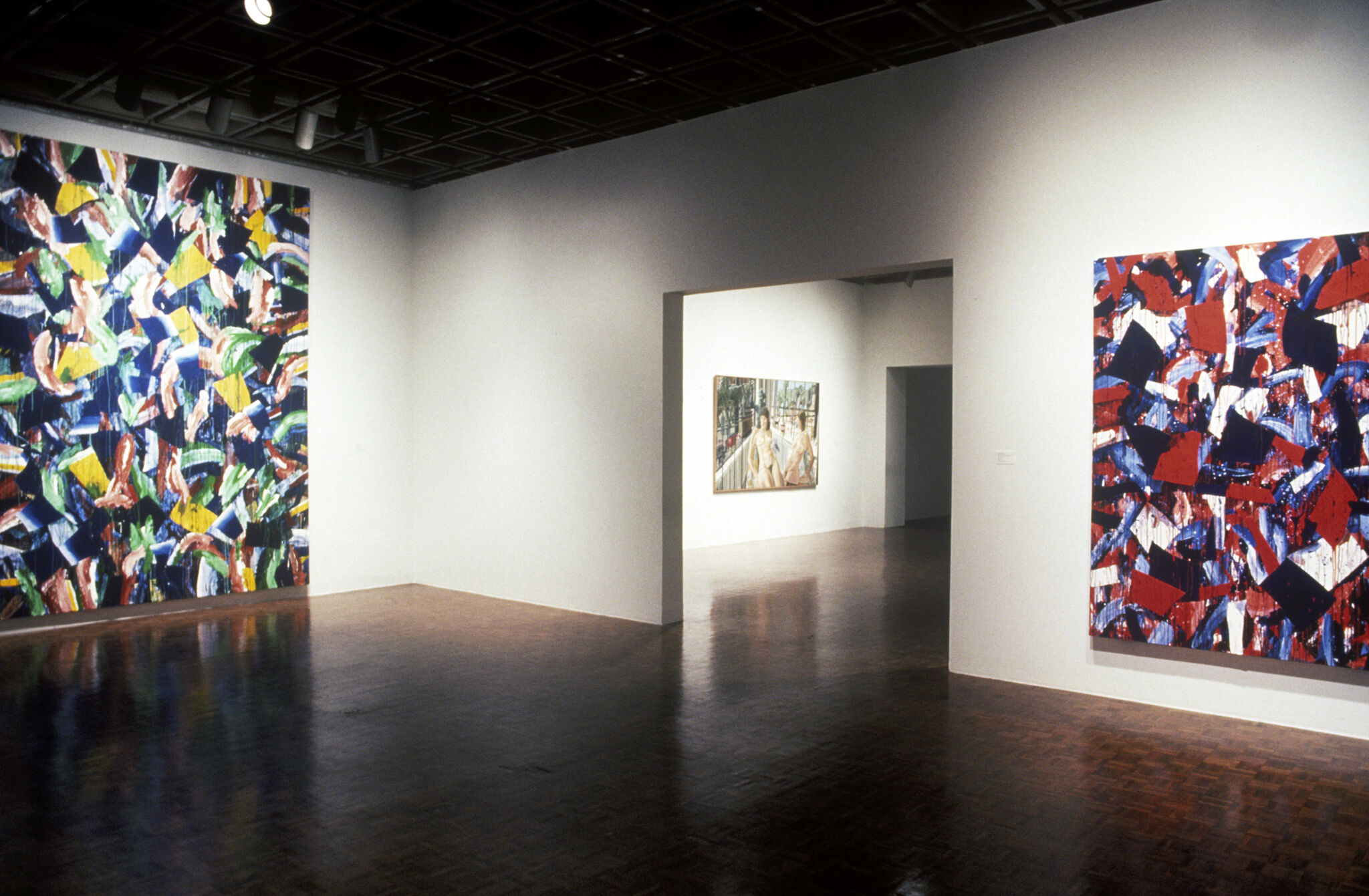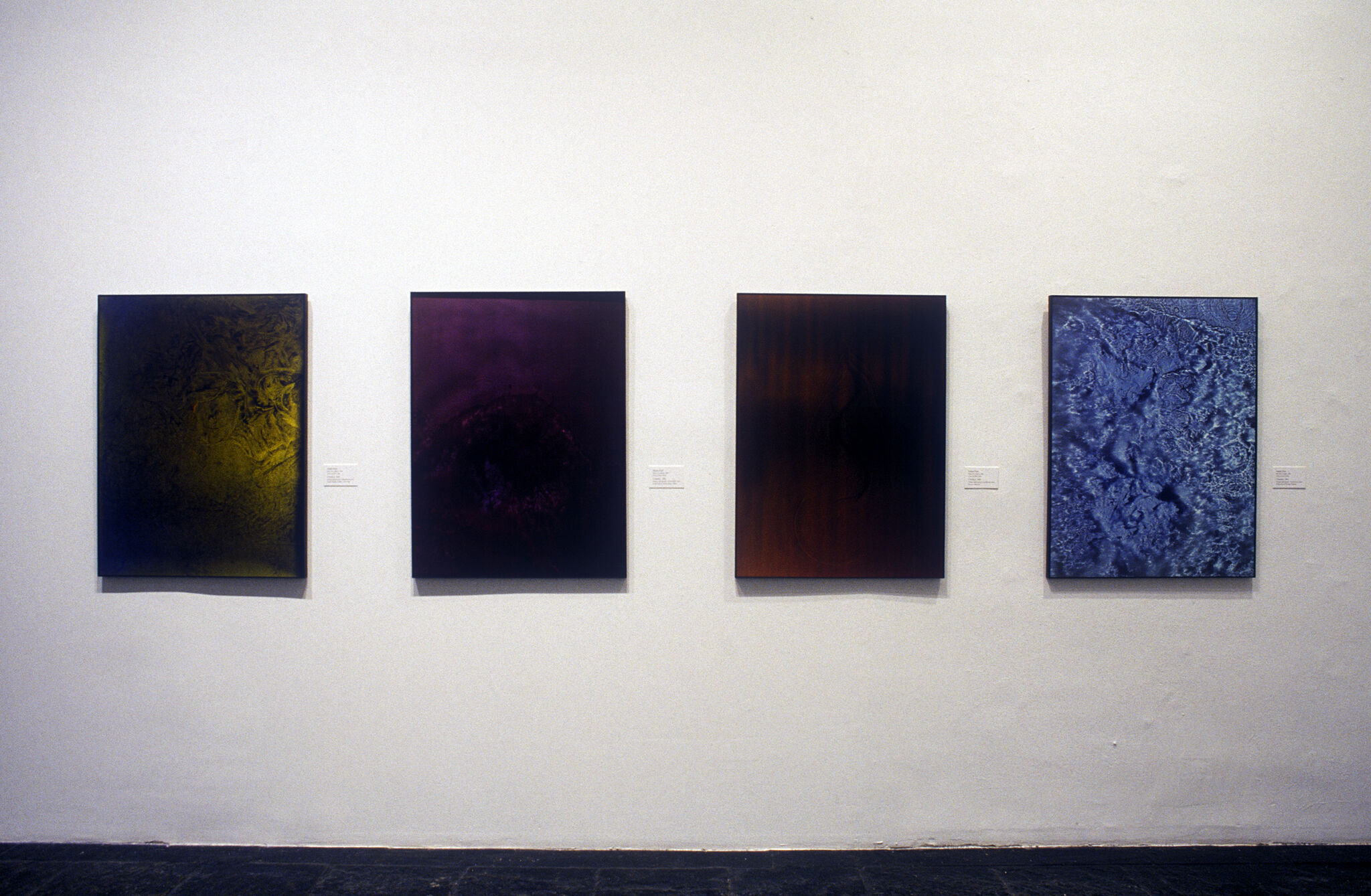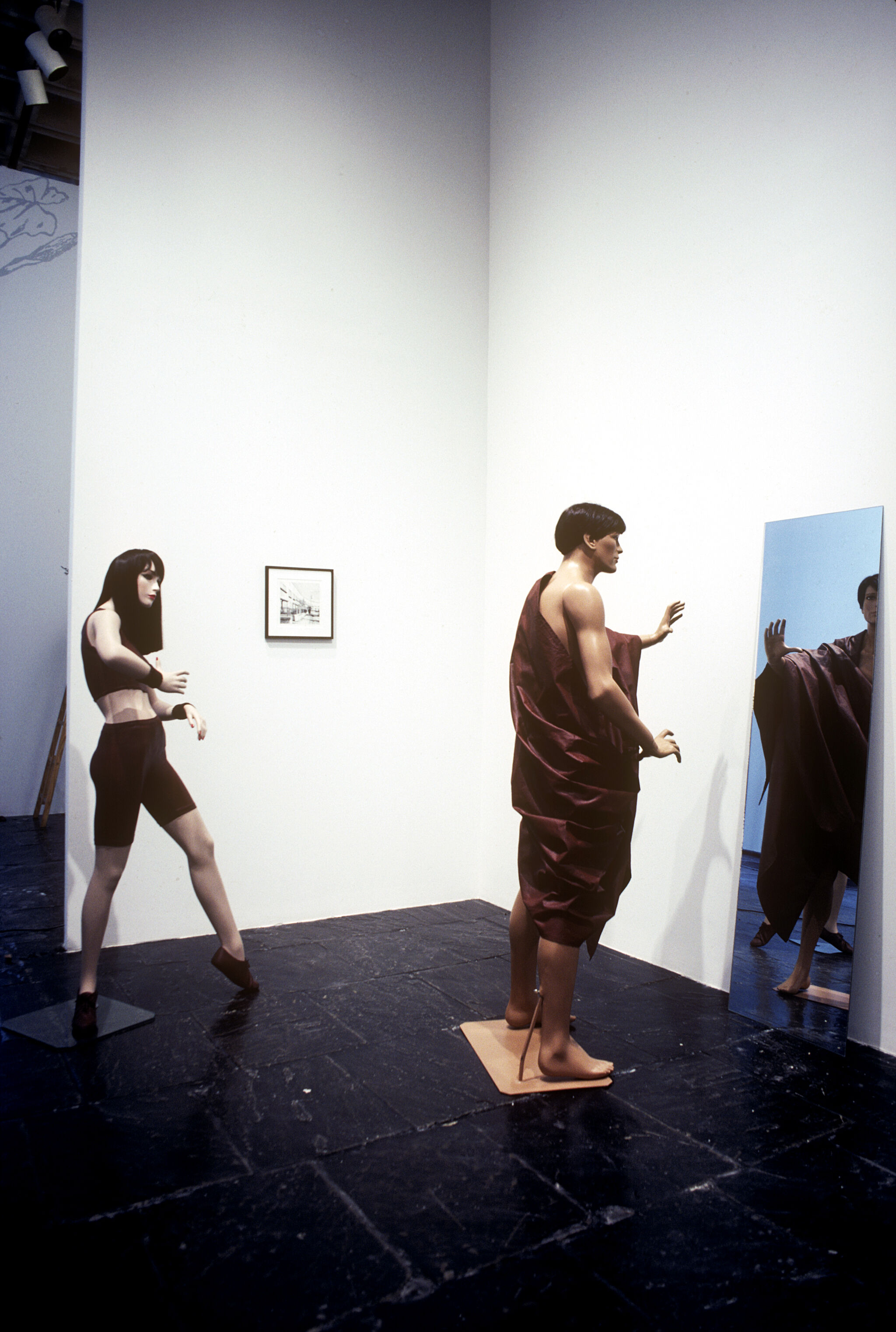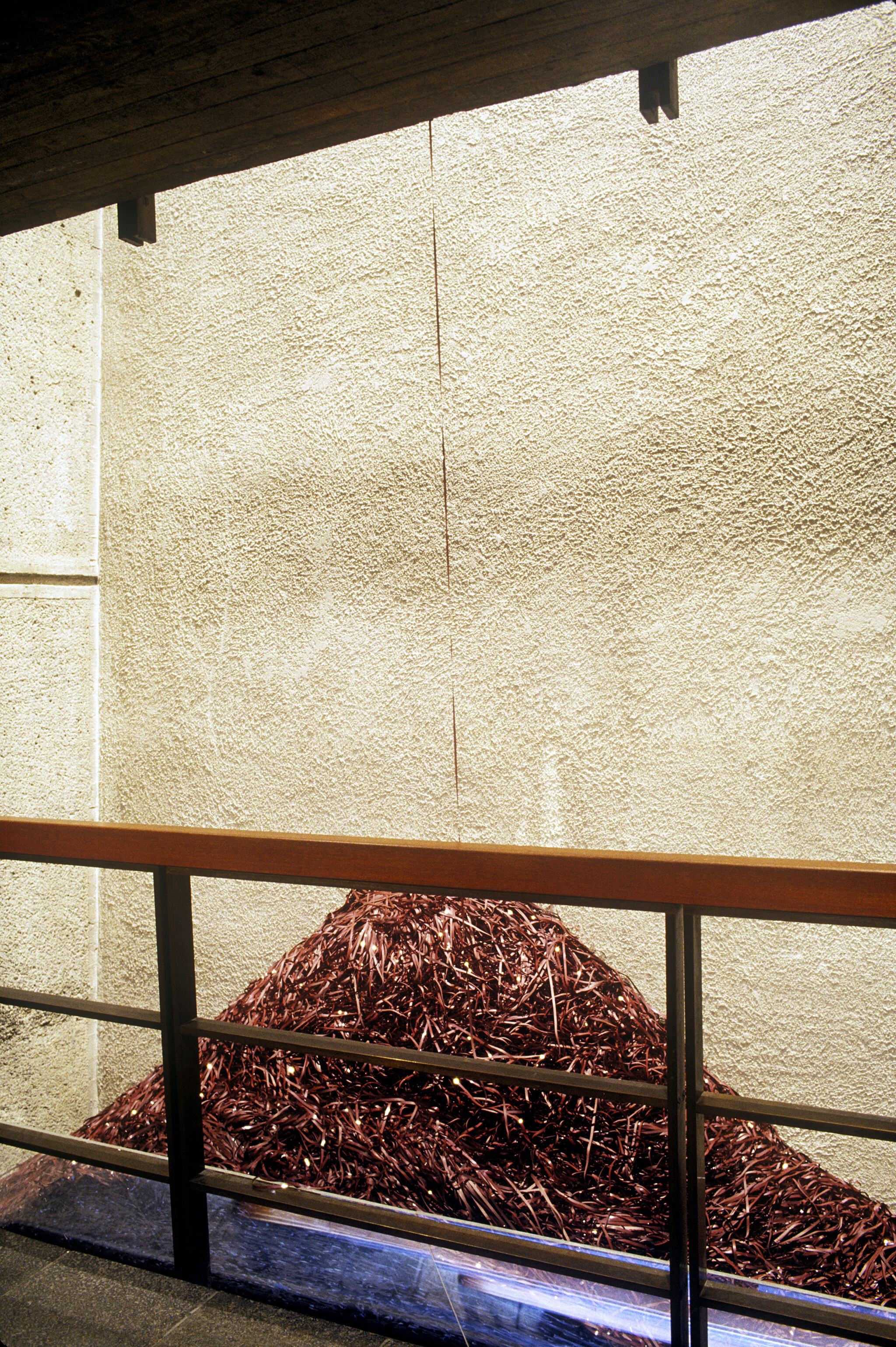Whitney Biennial 1991
Apr 2–June 30, 1991
Artists
-
Vito Acconci
-
Peggy Ahwesh and Keith Sanborn
-
Carlos Alfonzo
-
Lawrence Andrews
-
Ida Applebroog and Beth B.
-
Gregg Araki
-
Charles Atlas
-
Jennifer Bartlett
-
Ericka Beckman and Mike Kelley
-
Nayland Blake
-
Hans Breder
-
Chuck Close
-
Tony Cokes and Donald Trammel
-
John Coplans
-
Zeinabu Irene Davis
-
Jessica Diamond
-
Juan Downey
-
Carroll Dunham
-
Jeanne Dunning
-
Steve Fagin
-
Eric Fischl
-
Bill Fontana
-
Su Friedrich
-
Dawn Fryling
-
Adam Fuss
-
Joseph M. Glasco
-
Robert Gober
-
Felix Gonzalez-Torres
-
Vanalyne Green
-
Group Material
-
Peter Halley
-
Keith Haring
-
Gary Hill
-
Roni Horn
-
Peter Hutton
-
Wendy Jacob
-
Luis Jimenez
-
Jasper Johns
-
Larry Johnson
-
Joan Jonas
-
Tom Kalin
-
Alex Katz
-
Mike Kelley
-
Ellsworth Kelly
-
Mary Kelly
-
Lewis Klahr
-
Thomas Lanigan-Schmidt
-
Louise Lawler
-
Roy Lichtenstein
-
Glenn Ligon
-
Donald Lipski
-
Jennie Livingston
-
Sally Mann
-
Christian Marclay
-
Victor Masayesva Jr.
-
David McDermott and Peter McGough
-
John E. Miller
-
Richard Misrach
-
Joan Mitchell
-
Meredith Monk
-
Aimee (Rankin) Morgana
-
Ed Moses
-
Celia Alvarez Muñoz
-
Antonio Muntadas
-
Elizabeth Murray
-
Bruce Nauman
-
Cady Noland
-
Pat O'Neill
-
Philip Pearlstein
-
Ellen Phelan
-
Rona Pondick
-
Rebecca Purdum
-
Yvonne Rainer
-
Alan Rath
-
Robert Rauschenberg
-
Marlon Riggs
-
Allen Ruppersberg
-
David Salle
-
Joseph Santore
-
Julian Schnabel
-
Jim Shaw
-
Cindy Sherman
-
Laurie Simmons
-
Lorna Simpson
-
Jennie Smith
-
Kiki Smith
-
Philip Smith
-
Warren Sonbert
-
Pat Steir
-
Frank Stella
-
Jessica Stockholder
-
Philip Taaffe
-
Rea Tajiri
-
Janice Tanaka
-
Mark Tansey
-
Tim Rollins and K.O.S.
-
Francesc Torres
-
Cy Twombly
-
Alex Webb
-
Carrie Mae Weems
-
David Wojnarowicz
Installation Photography
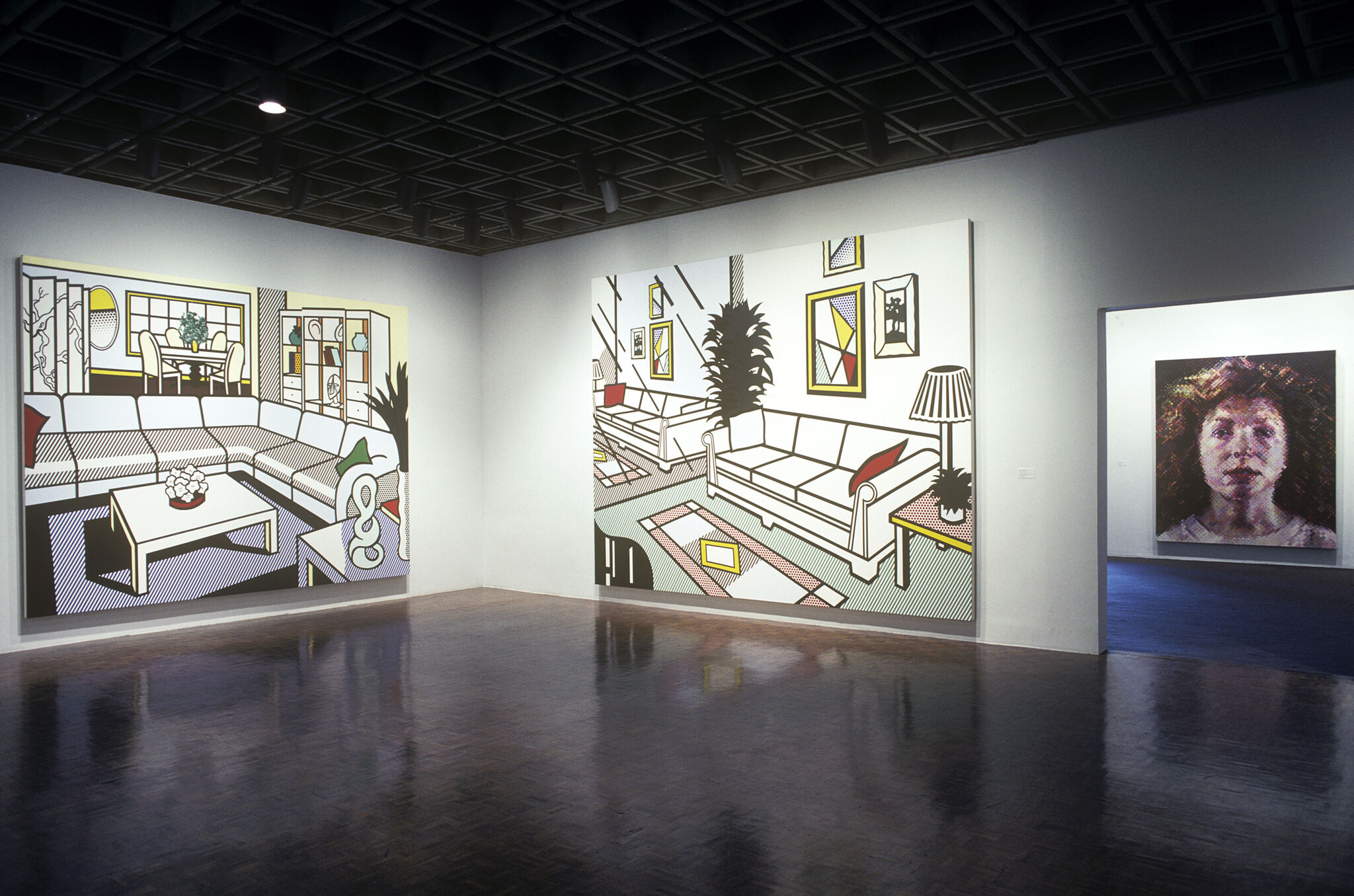

Installation view of the 1991 Biennial Exhibition (Whitney Museum of American Art, New York, April 2–June 23, 1991). From left to right: Roy Lichtenstein, Interior with African Mask (1991); Roy Lichtenstein, Interior with Mirrored Wall (1991); Chuck Close, April (1990–91). Photograph by Geoffrey Clements
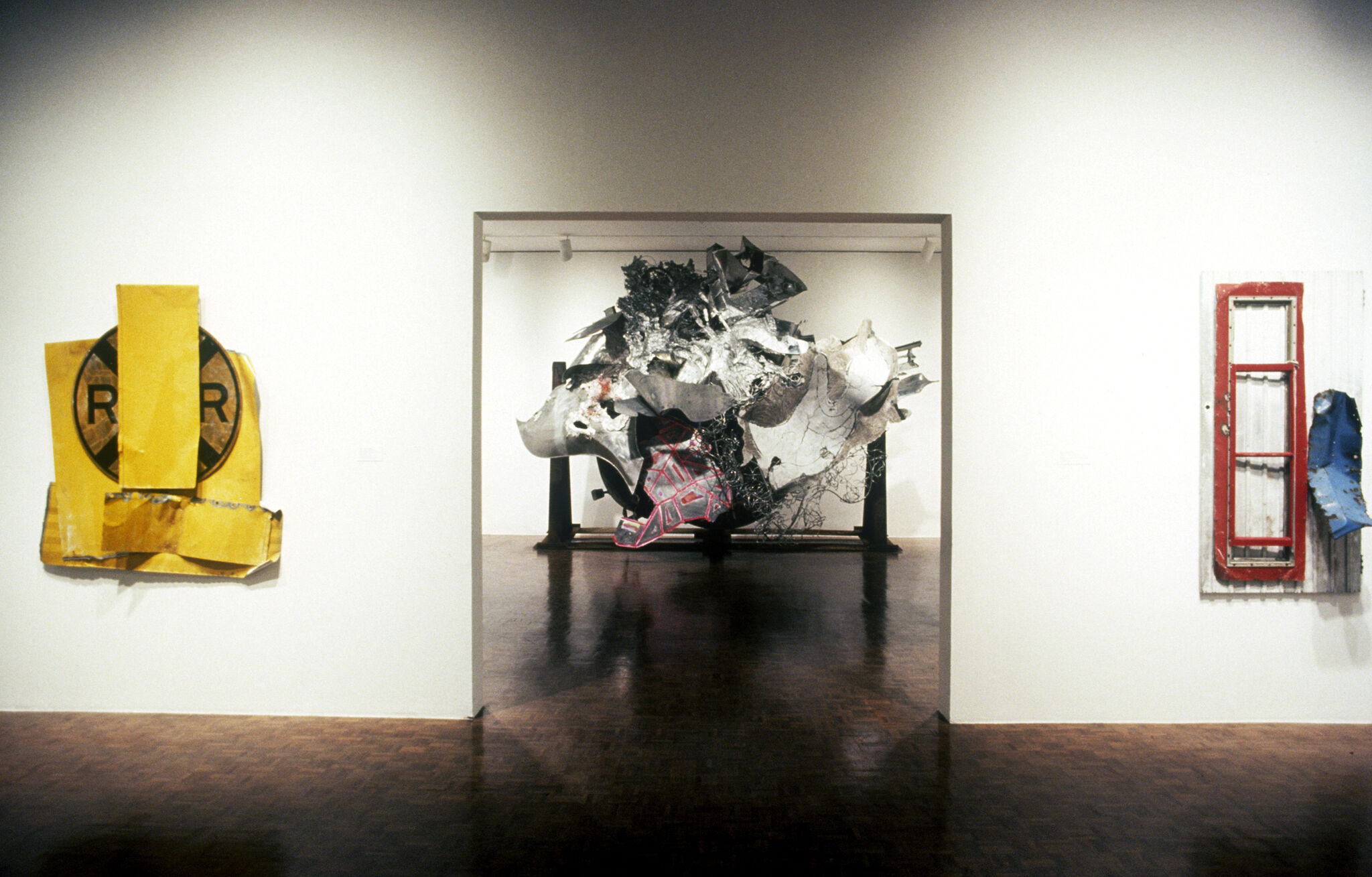

Installation view of the 1991 Biennial Exhibition (Whitney Museum of American Art, New York, April 2–June 23, 1991). From left to right: Robert Rauschenberg, Yellow Visor (1989); Frank Stella, Watson and the Shark I (1991); Robert Rauschenberg, Applachian Double Latch Spring Glut (1989). Photograph by Geoffrey Clements
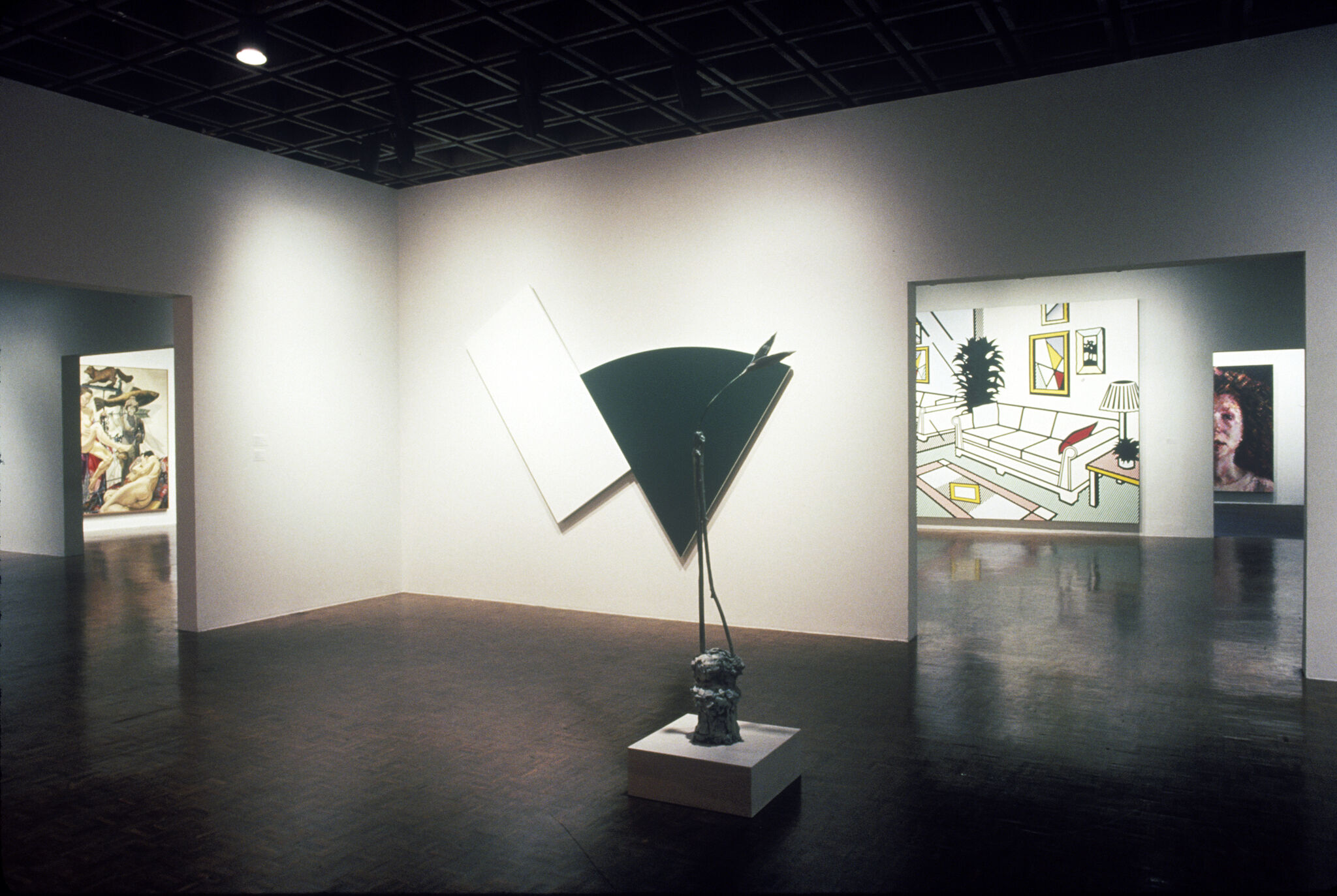

Installation view of the 1991 Biennial Exhibition (Whitney Museum of American Art, New York, April 2–June 23, 1991). From left to right: Philip Pearlstein, Fox, Fish, Models and Wooden Lady (1991); Ellsworth Kelly, Green Curve with White Panel (1989); Cy Twombly, Untitled (1983–90); Roy Lichtenstein, Interior with Mirrored Wall (1991); Chuck Close, April (1990–91). Photograph by Geoffrey Clements
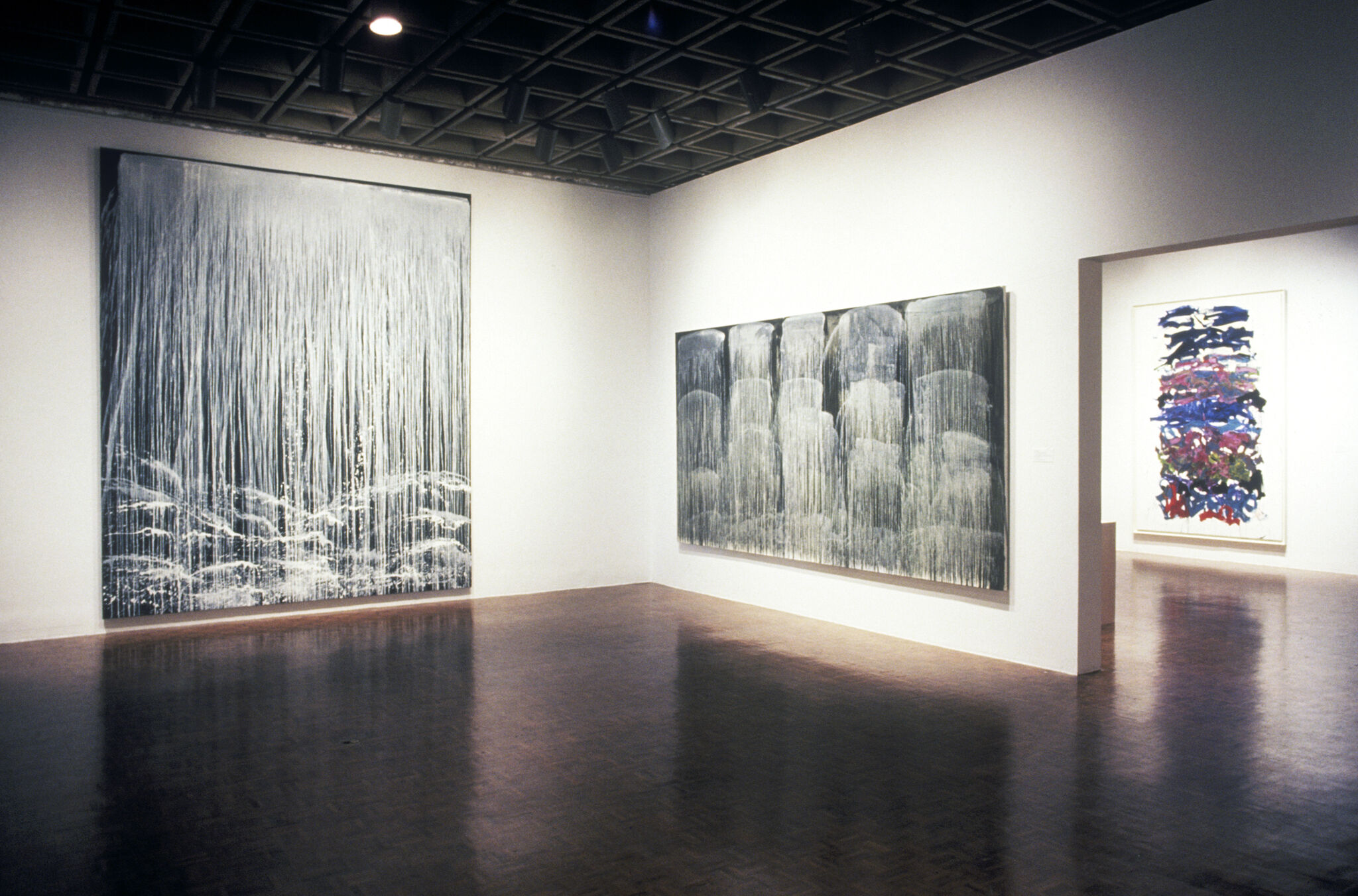

Installation view of the 1991 Biennial Exhibition (Whitney Museum of American Art, New York, April 2–June 23, 1991). From left to right: Pat Steir, Curtain Waterfall (1991); Pat Steir, Sixteen Waterfalls of Dreams, Memories, and Sentiments (1990); Joan Mitchell, Champs (1990). Photograph by Geoffrey Clements
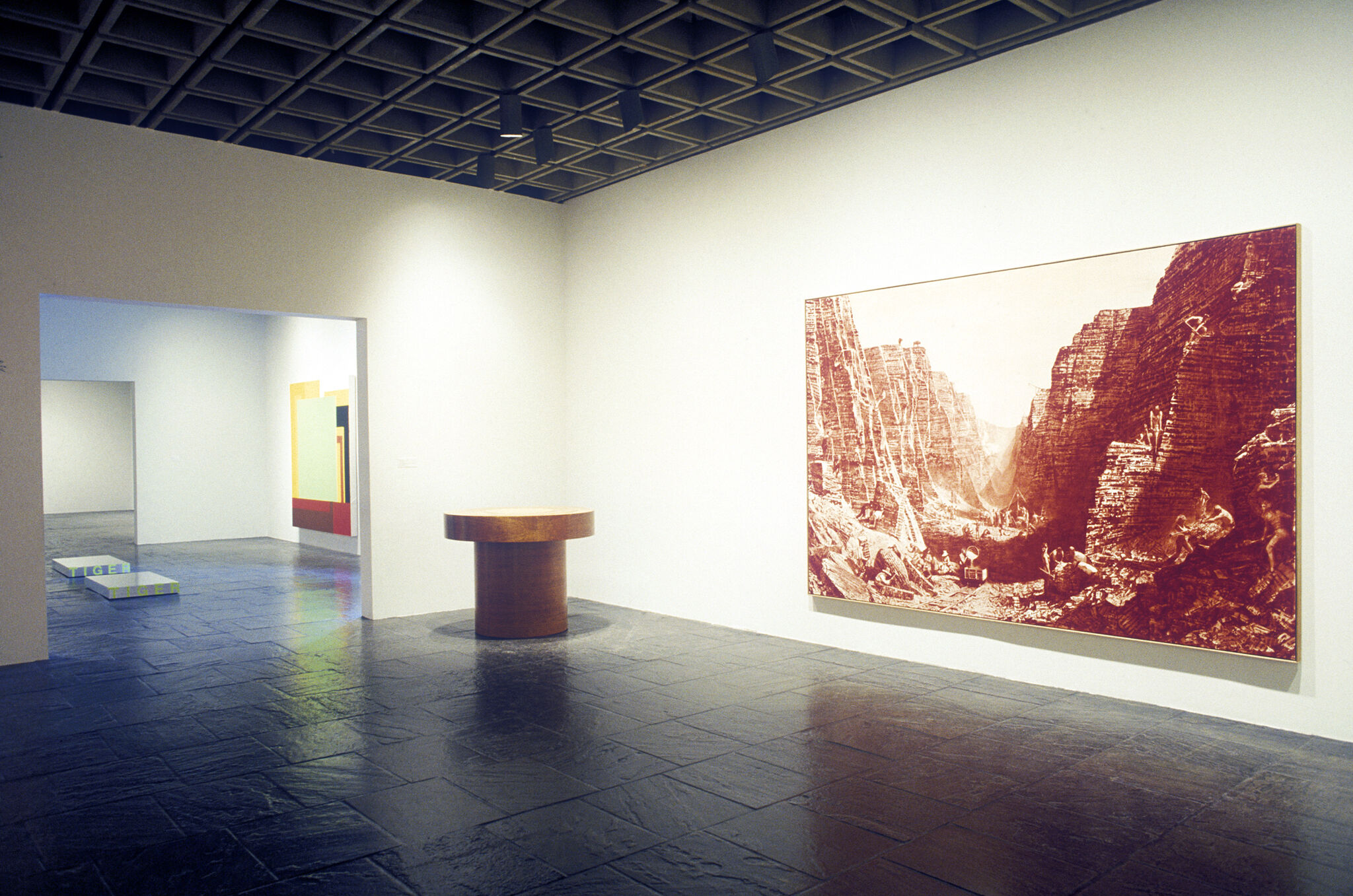

Installation view of the 1991 Biennial Exhibition (Whitney Museum of American Art, New York, April 2–June 23, 1991). From left to right: Roni Horn, Thicket No.2 (1990); Peter Halley, The Moment Passed (1989); Mark Tansey, Wheel (1990); Mark Tansey, Bridge Over the Cartesian Gap (1990). Photograph by Geoffrey Clements
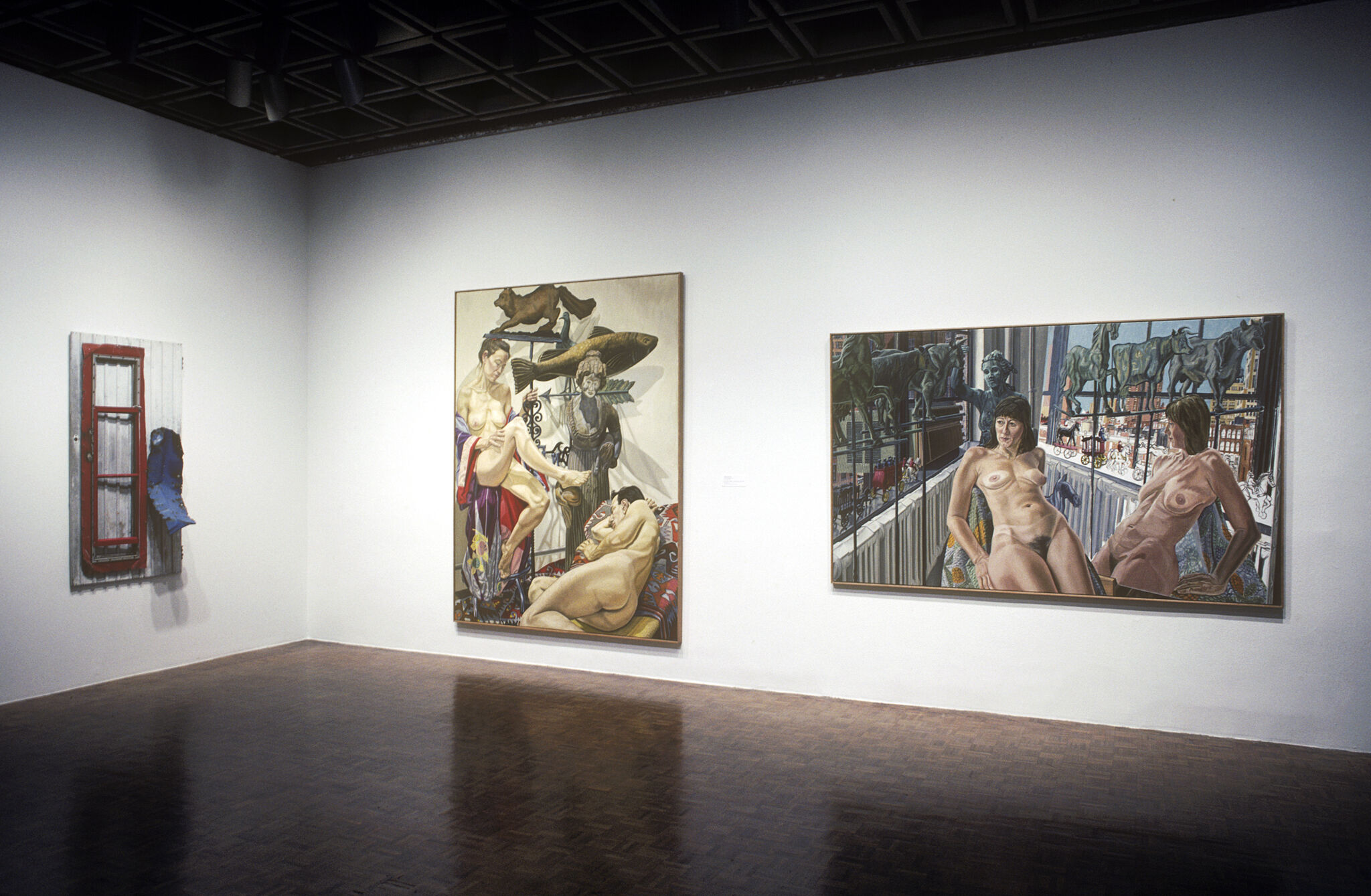

Installation view of the 1991 Biennial Exhibition (Whitney Museum of American Art, New York, April 2–June 23, 1991). From left to right: Robert Rauschenberg, Appalachian Double Latch Spring Glut (1989); Philip Pearlstein, Fox, Fish, Models and Wooden Lady (1991); Philip Pearlstein, Model Posing with Unfinished Painting (1990). Photograph by Geoffrey Clements
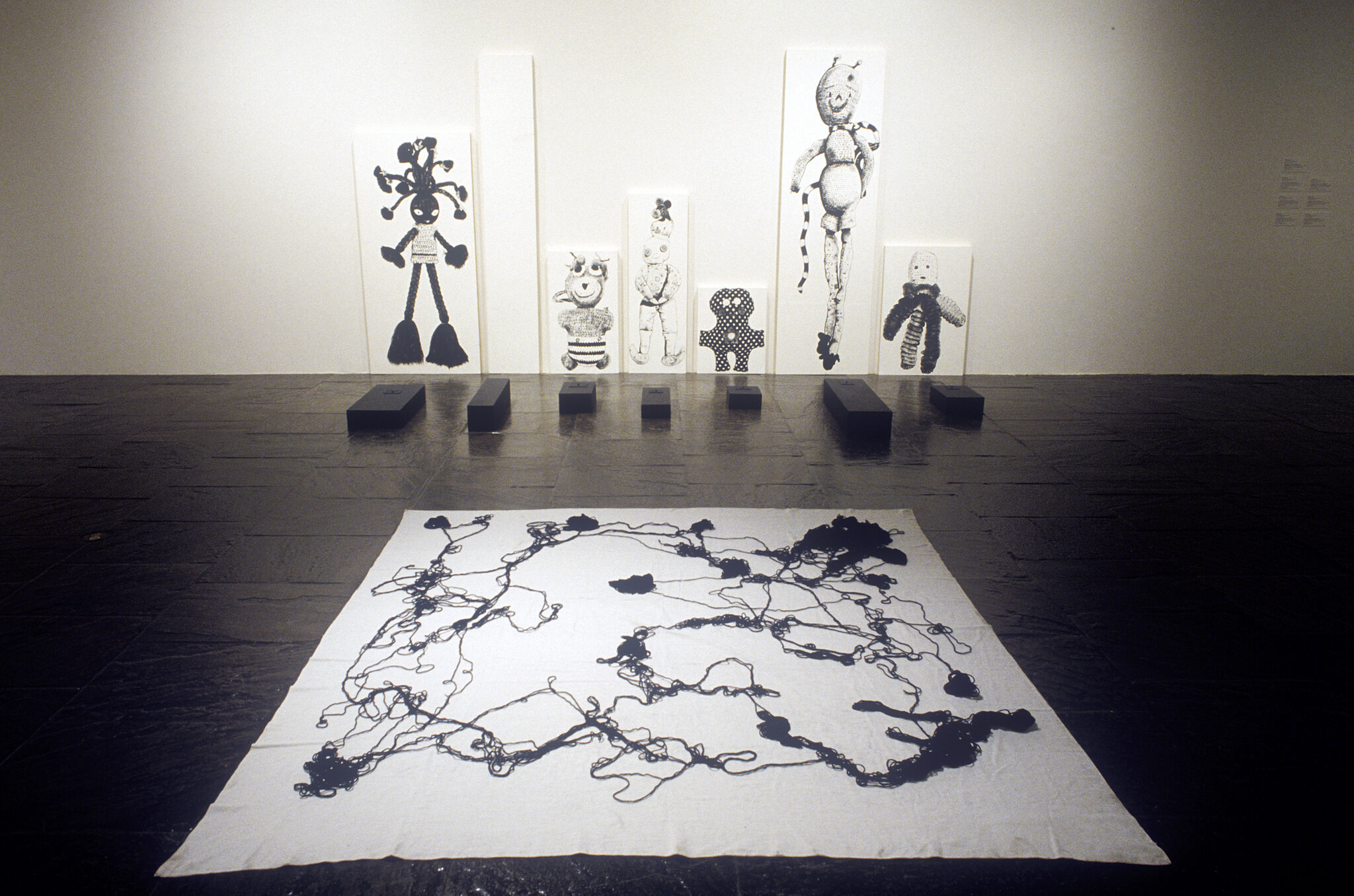

Installation view of the 1991 Biennial Exhibition (Whitney Museum of American Art, New York, April 2–June 23, 1991). From left to right: floor: Mike Kelley, Untitled (1990); wall left to right: series Empathy Displacement: Humanoid Morphology (2nd and 3rd Remove), 1990(Panels: #1, #2;#7;#9;#11;#9;#11;#14;#15). Photograph by Geoffrey Clements
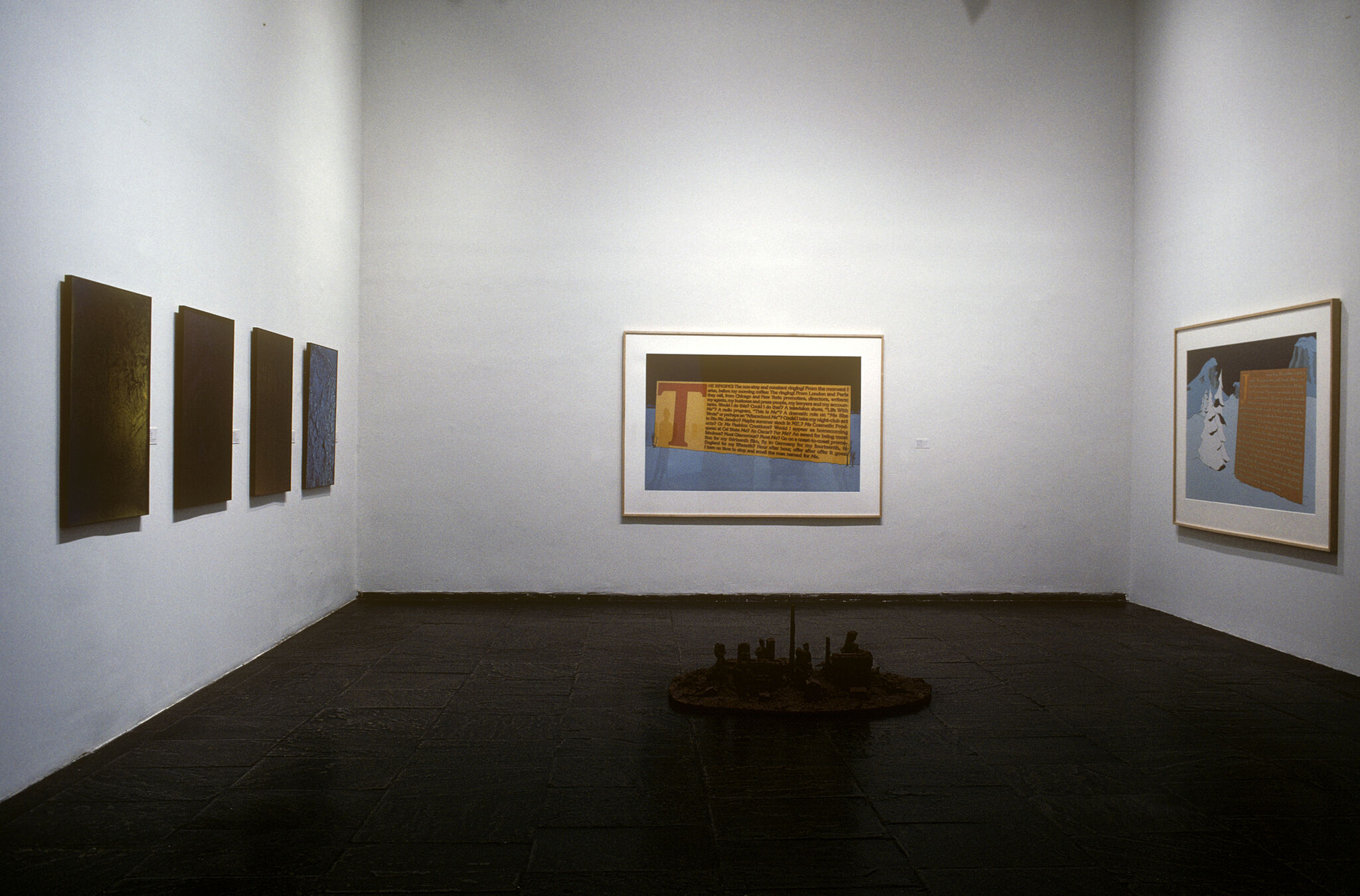

Installation view of the 1991 Biennial Exhibition (Whitney Museum of American Art, New York, April 2–June 23, 1991). From left to right: Adam Fuss, Untitled (1990); Adam Fuss, Untitled (1990); Adam Fuss, Untitled (1990); Adam Fuss, Untitled (1990); Larry Johnson, Untitled(Winter Me) (1990); Larry Johnson, Untitled (Jesus+1) (1990). Photograph by Geoffrey Clements
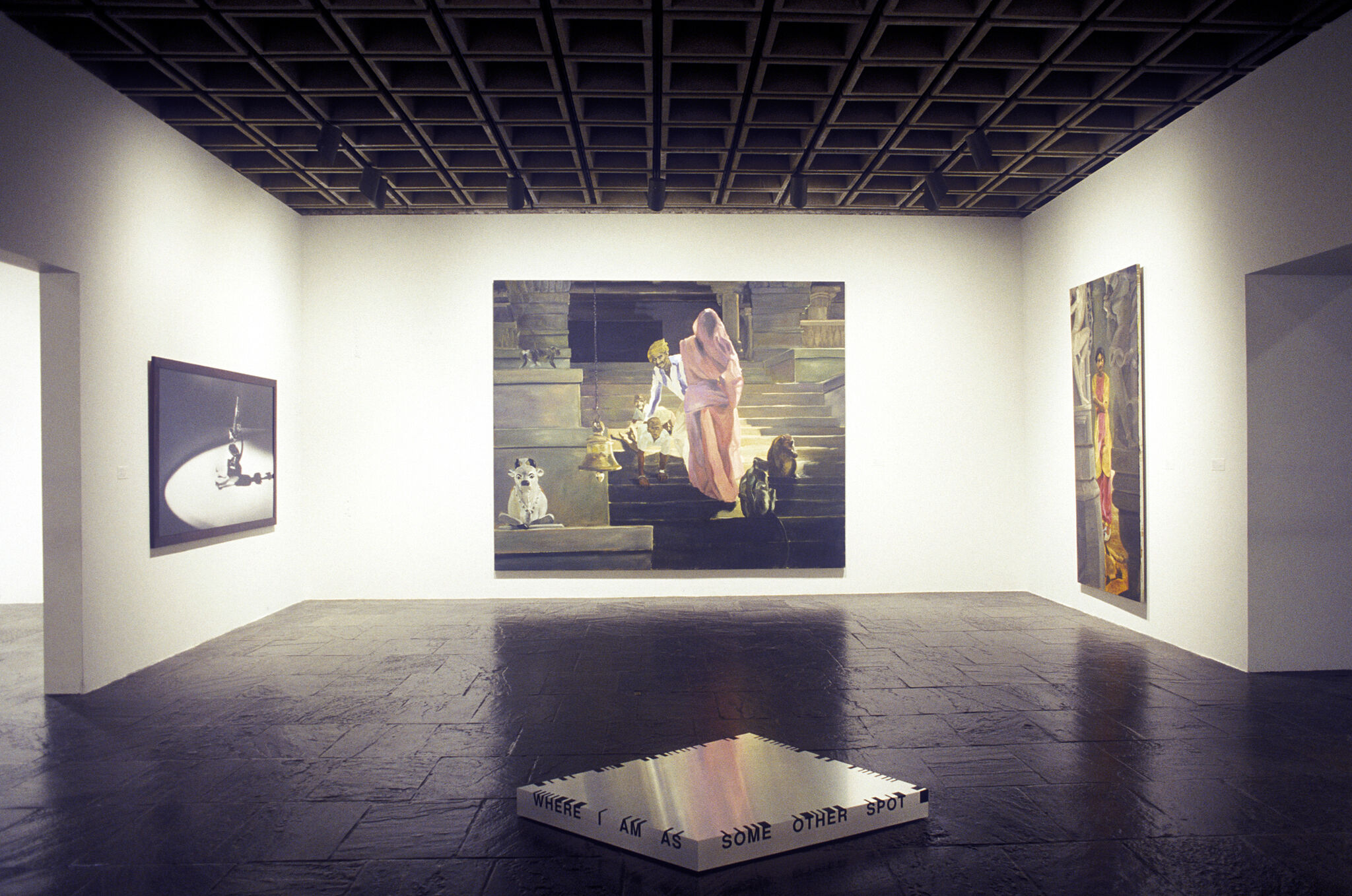

Installation view of the 1991 Biennial Exhibition (Whitney Museum of American Art, New York, April 2–June 23, 1991). From left to right: Laurie Simmons, Sitting Microscope (1991); Eric Fischl, On the Steps of the Temple (1989); Eric Fischl, In the Temple (1989); center: Roni Horn, Thicket No.3: Kafka’s Palindrome (1991). Photograph by Geoffrey Clements
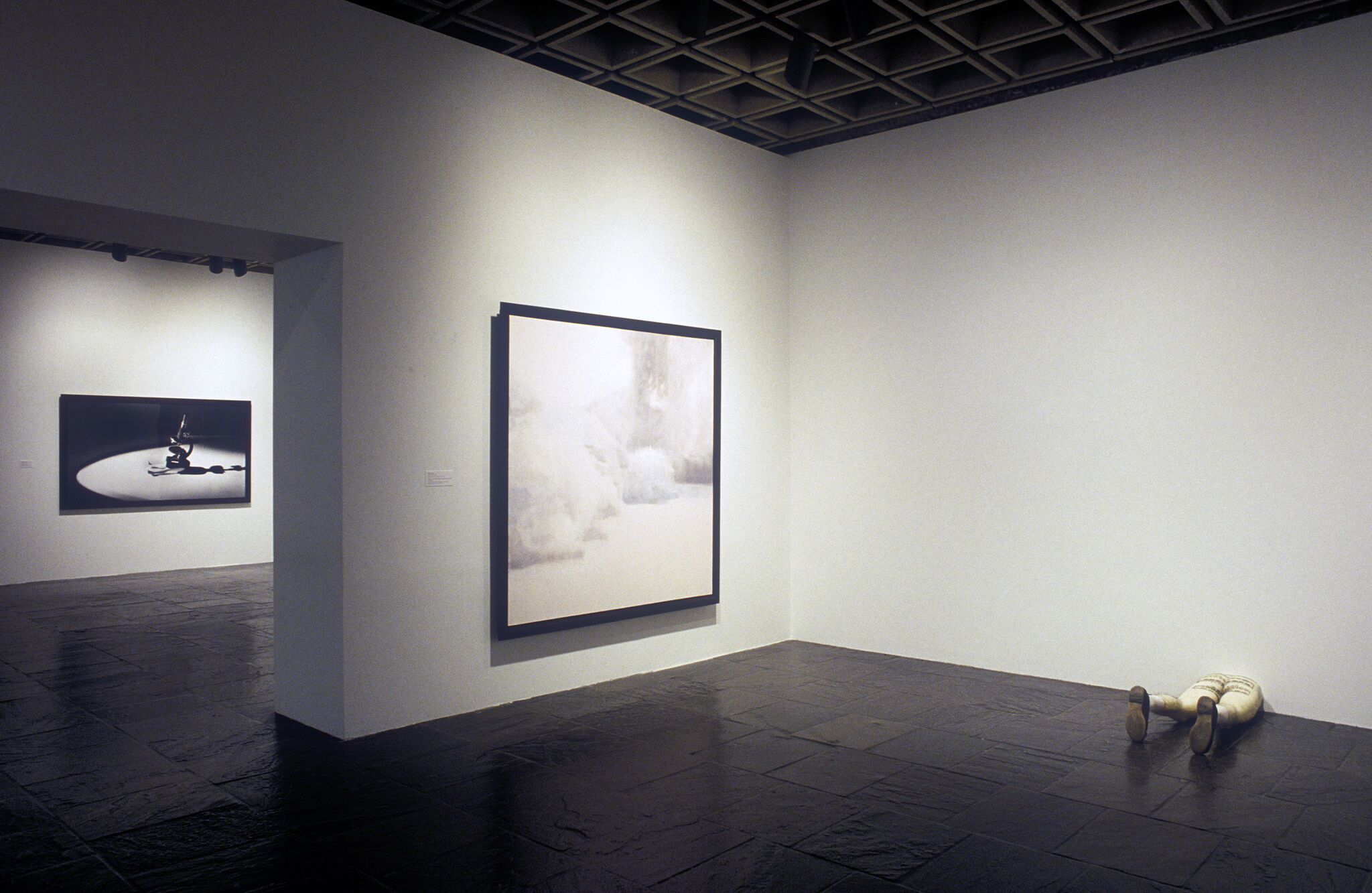

Installation view of the 1991 Biennial Exhibition (Whitney Museum of American Art, New York, April 2–June 23, 1991). From left to right: Lauri Simmons, Sitting Microscope (1991); Ellen Phelan, Summer Light—Morning(Second Version) (1989); Robert Gober, Untitled (1990). Photograph by Geoffrey Clements
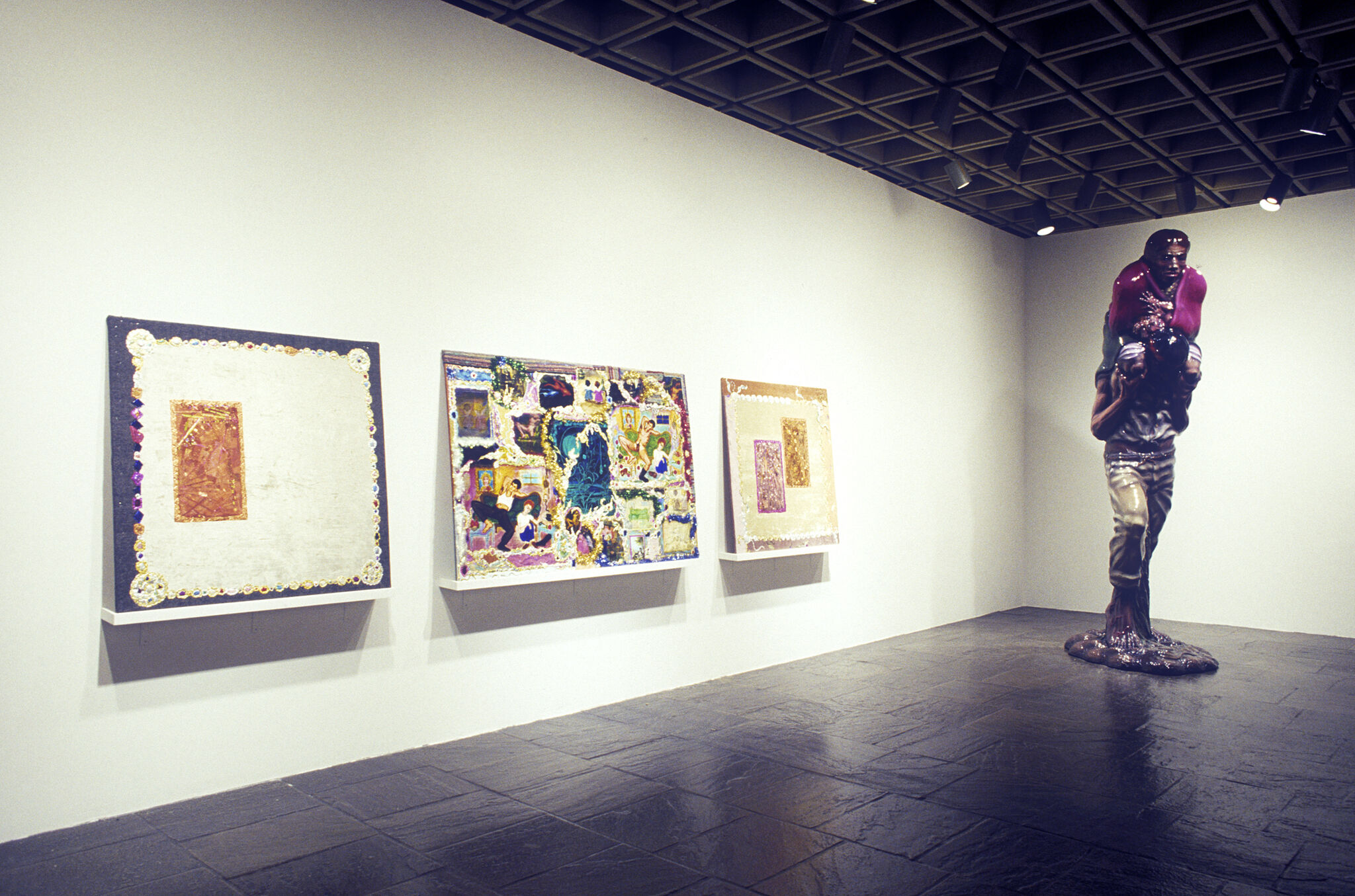

Installation view of the 1991 Biennial Exhibition (Whitney Museum of American Art, New York, April 2–June 23, 1991). From left to right: Thomas Lanigan Schmidt, Incomplete caress (1989–90); Thomas Lanigan Schmidt, Olympio (the Naked Maho) (1989–90); Thomas Lanigan Schmidt, Platonic Love(Mozart and Candy Cubism) (1989–90); Luis Jimenez, Border Crossing—Cruzando El Rio Bravo (1989). Photograph by Geoffrey Clements
Explore works from this exhibition
in the Whitney's collection
View 8 works
In the News
“. . . a Biennial bigger, more eclectic and more eager to please, and one that prudently claims not to display the best works but ‘to represent in a broad way some of the most notable characteristics of American art today.” —The New York Times
“. . . this year’s selections do not turn away from mainstream film making; they confront it with strong, accessible, artistically dazzling messages.” —The New York Times
More from this series
Learn more about the Whitney Biennial, the longest-running survey of American art.

